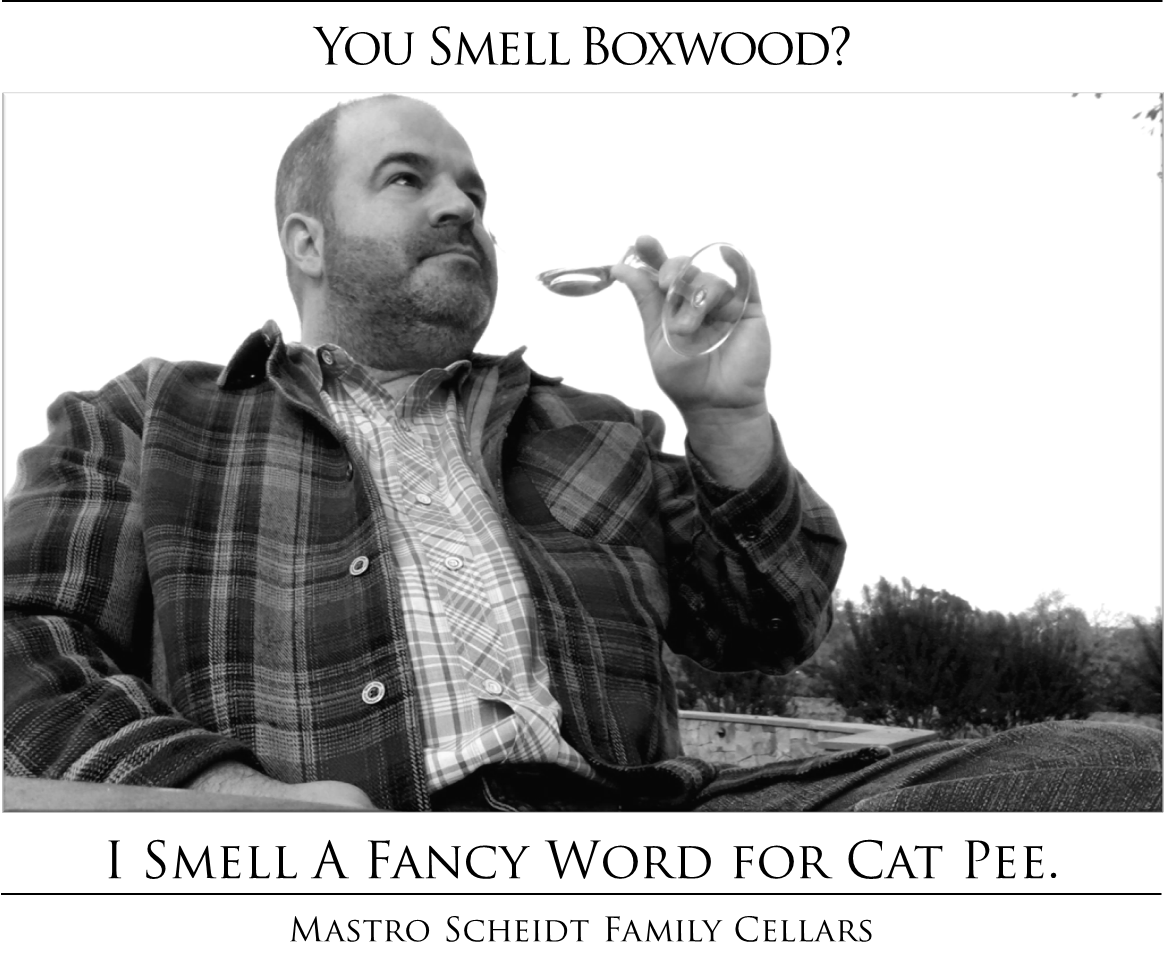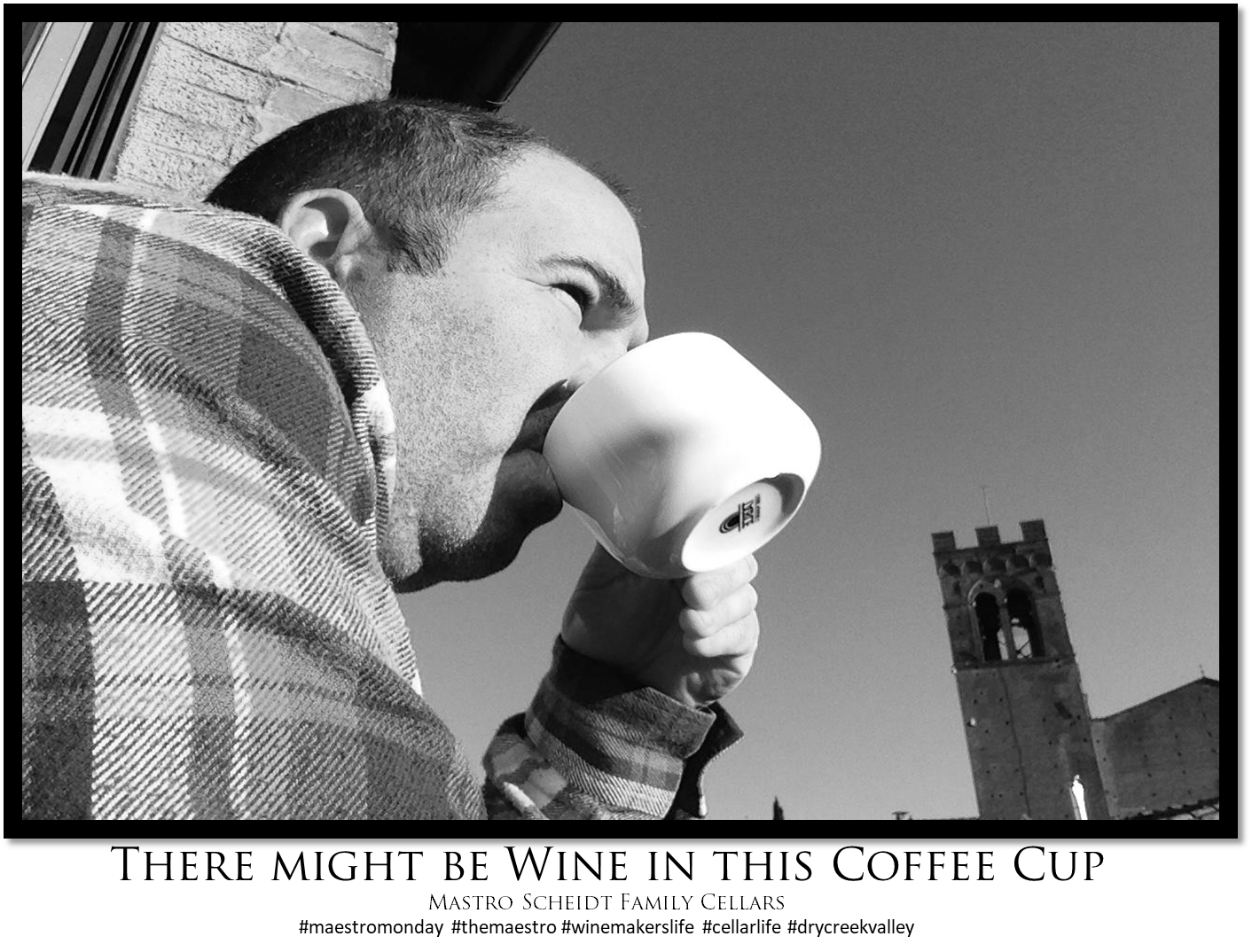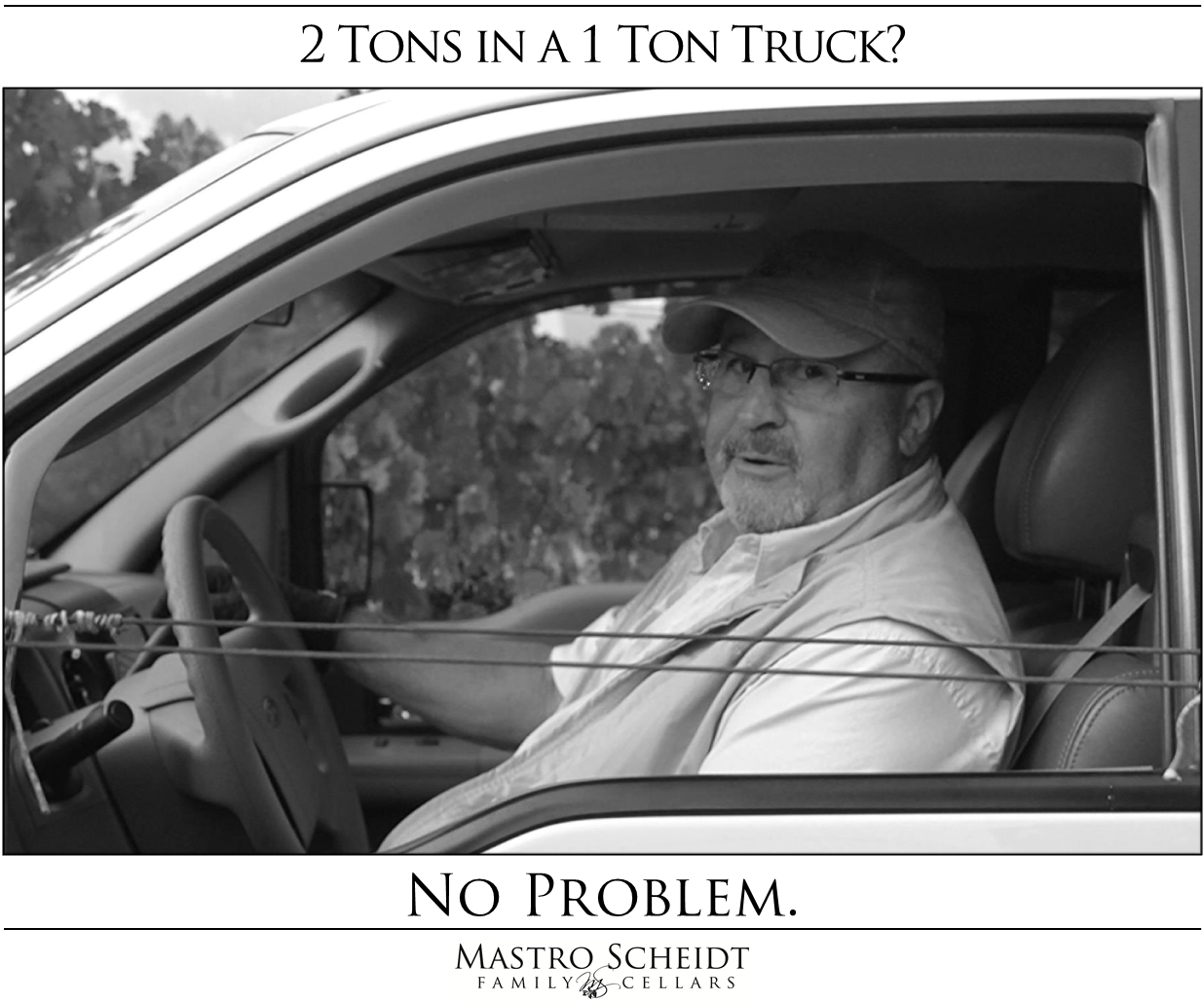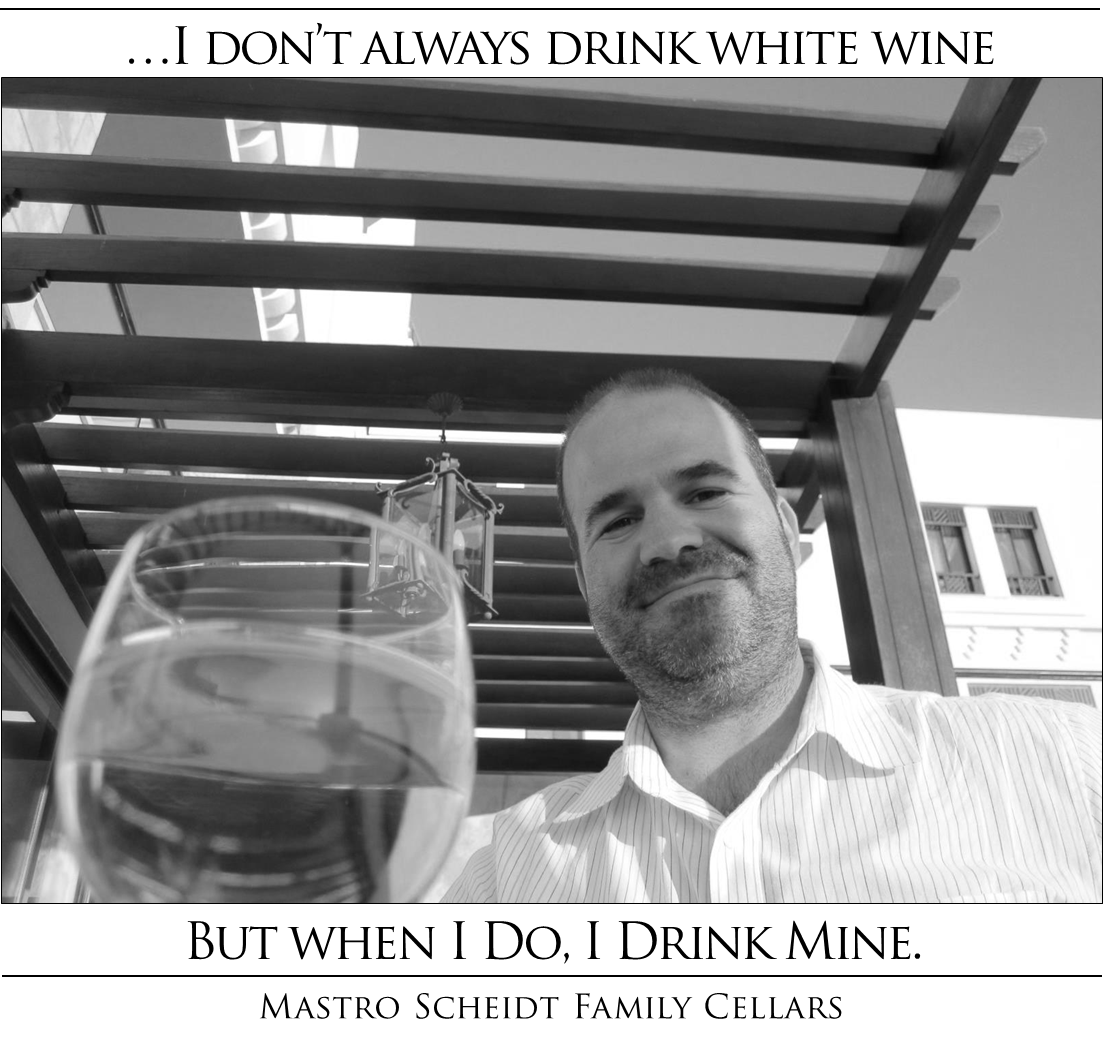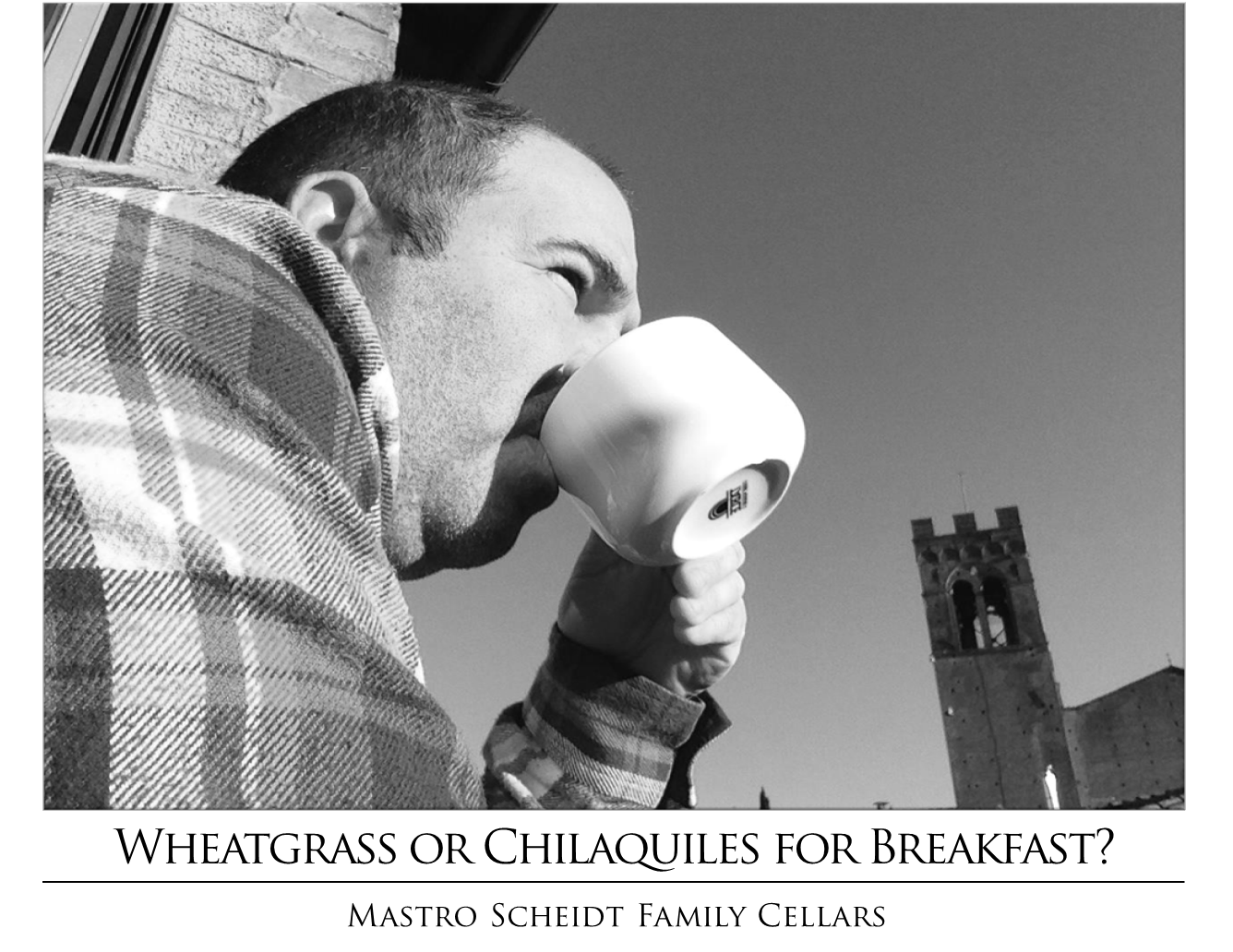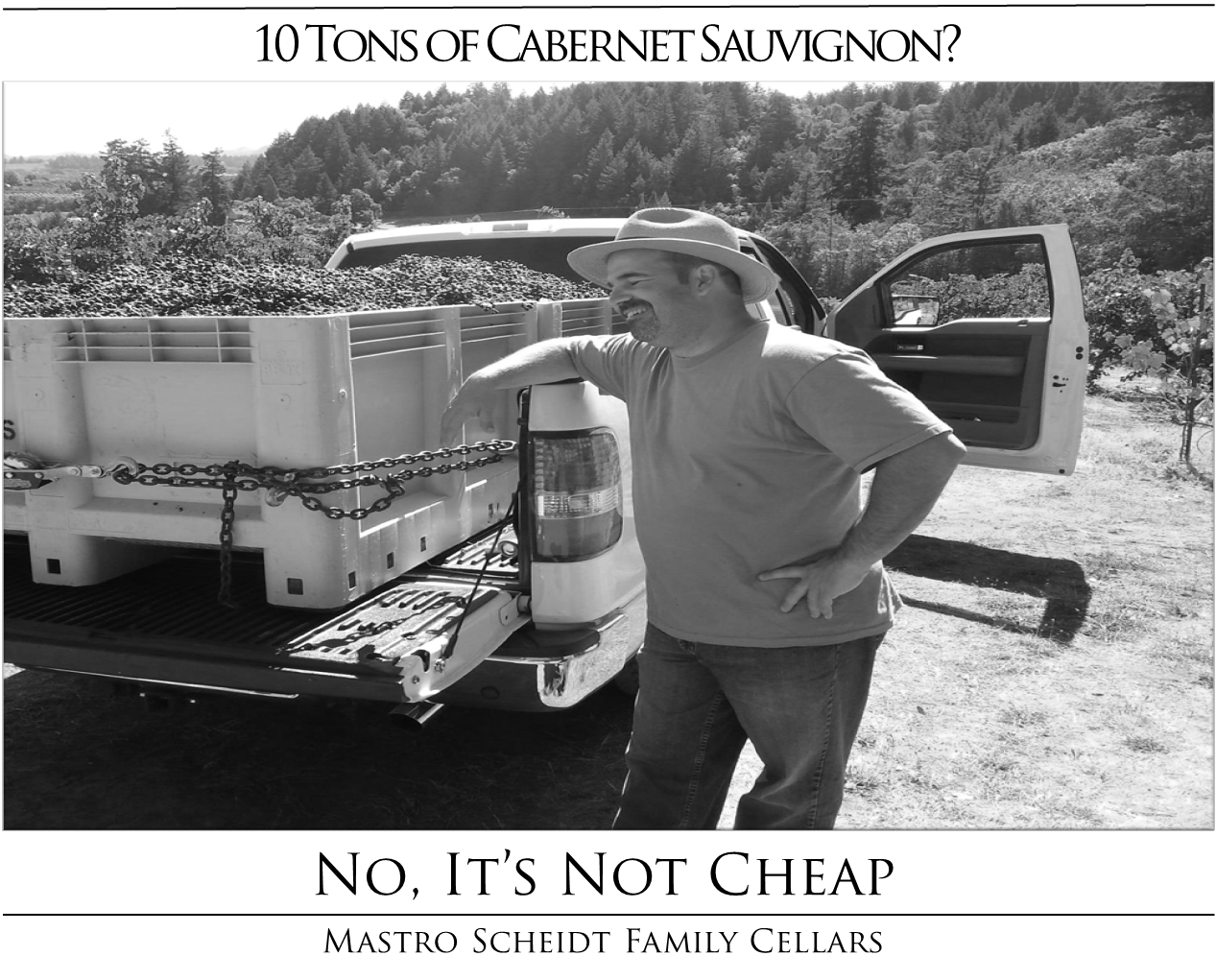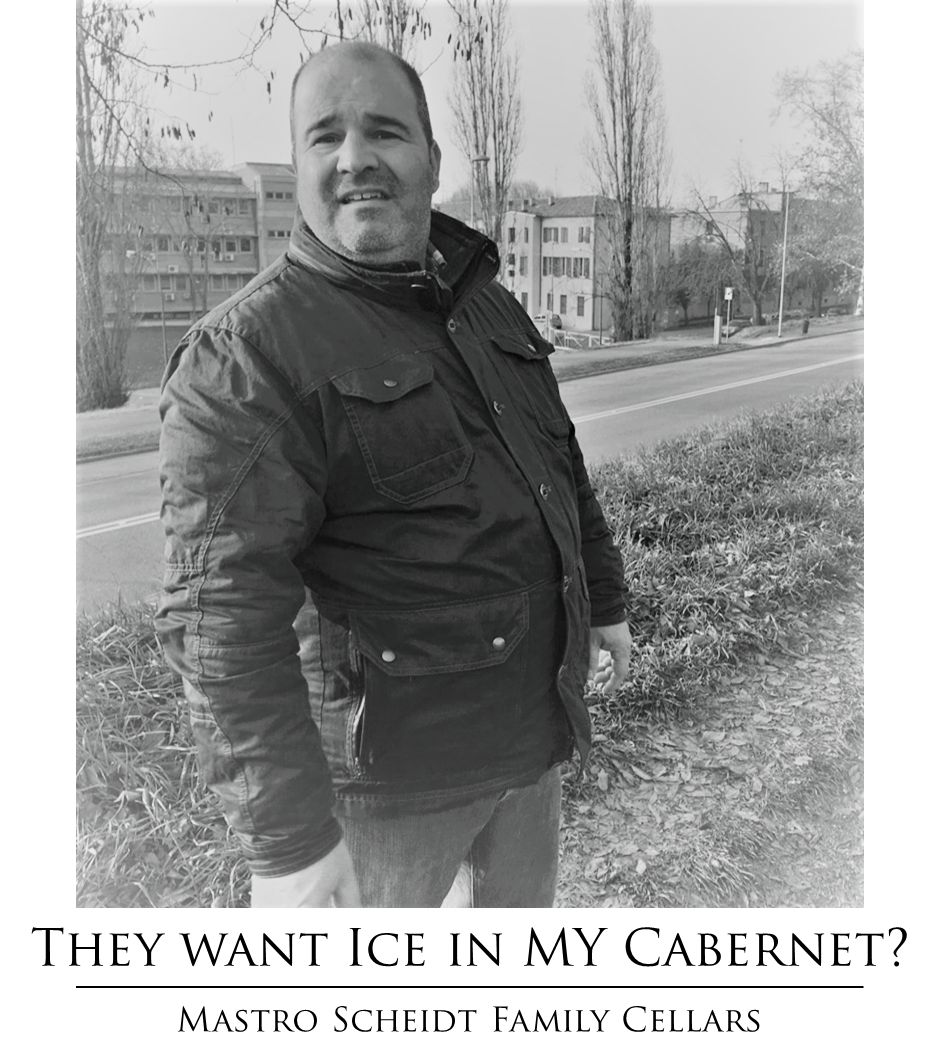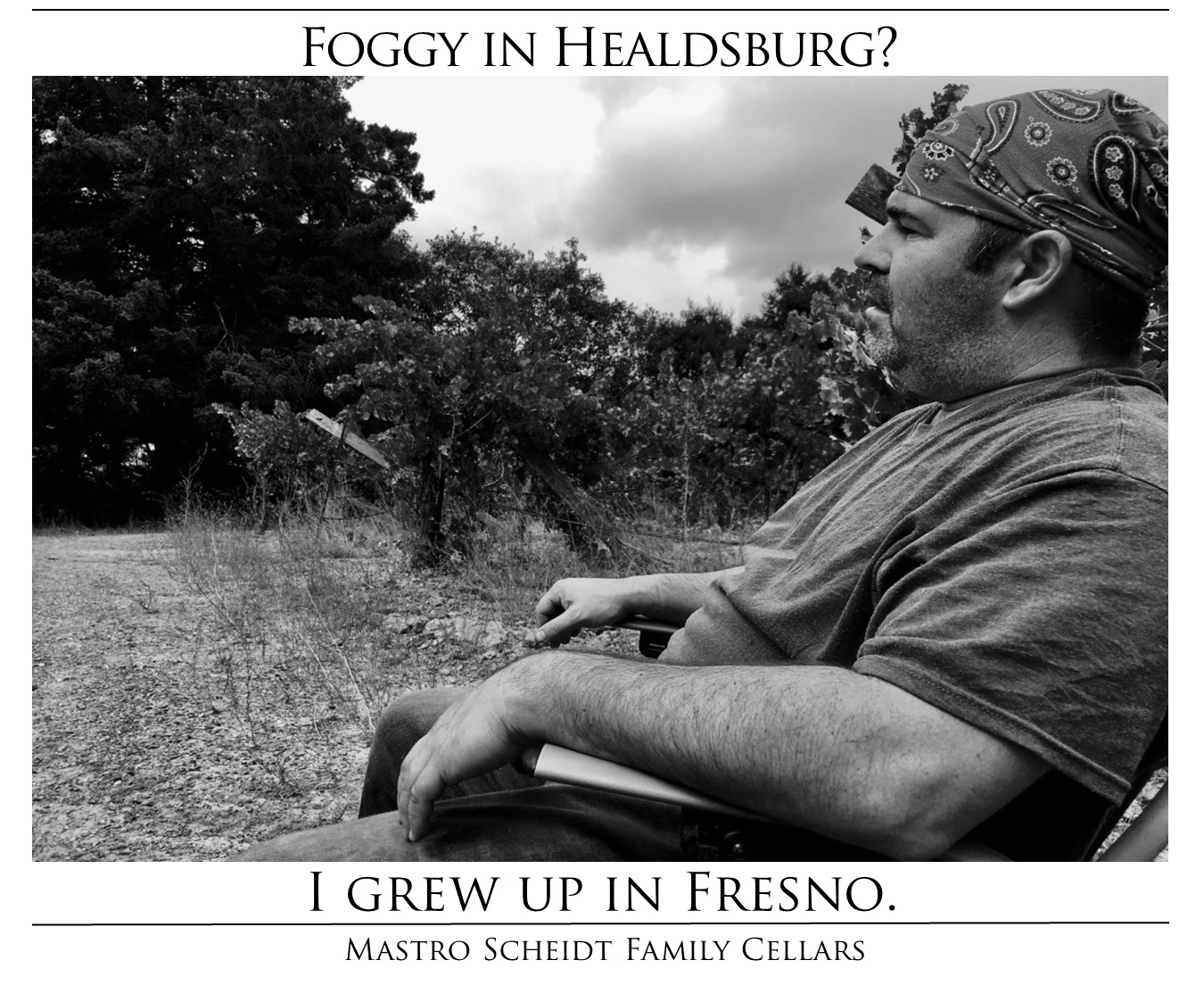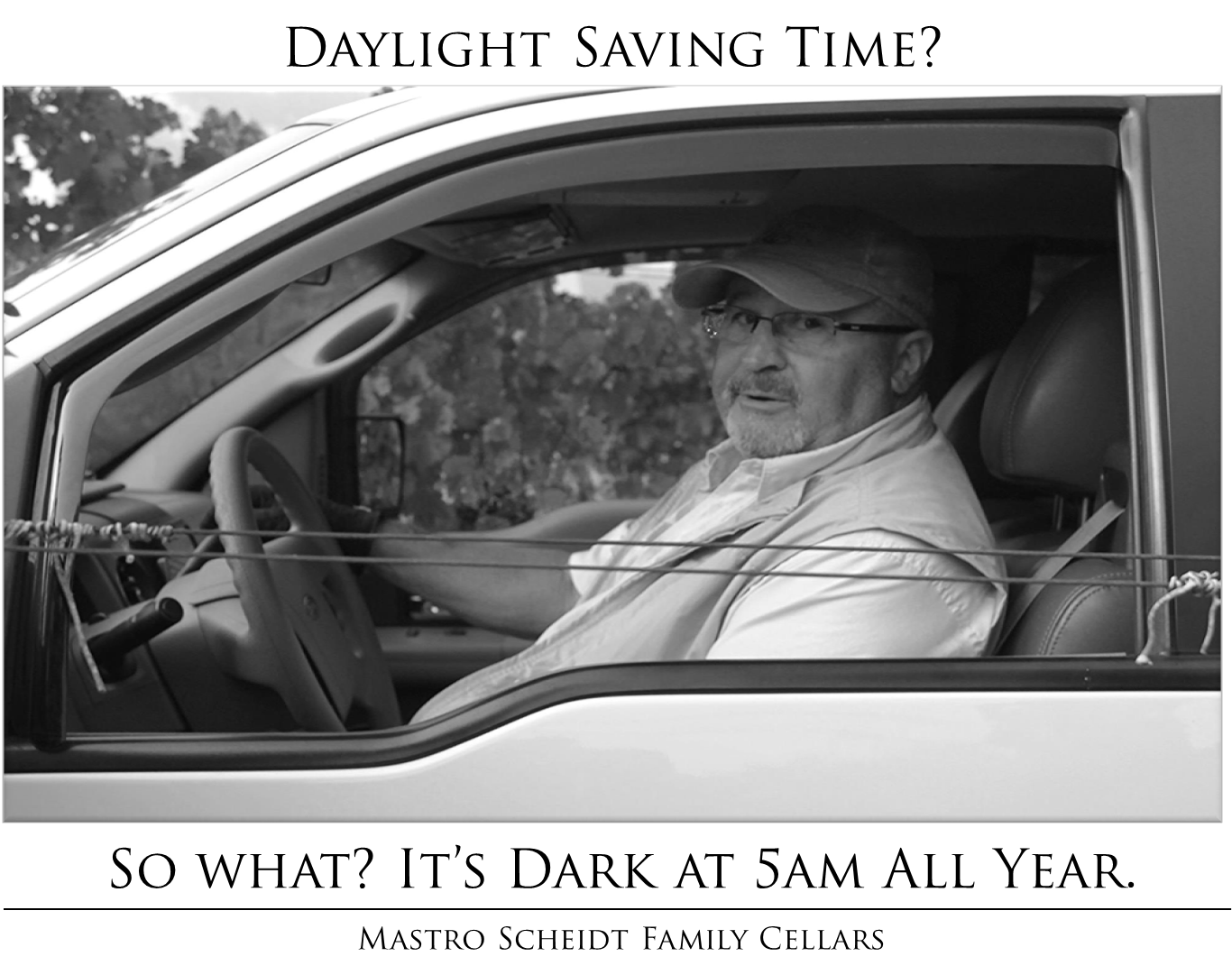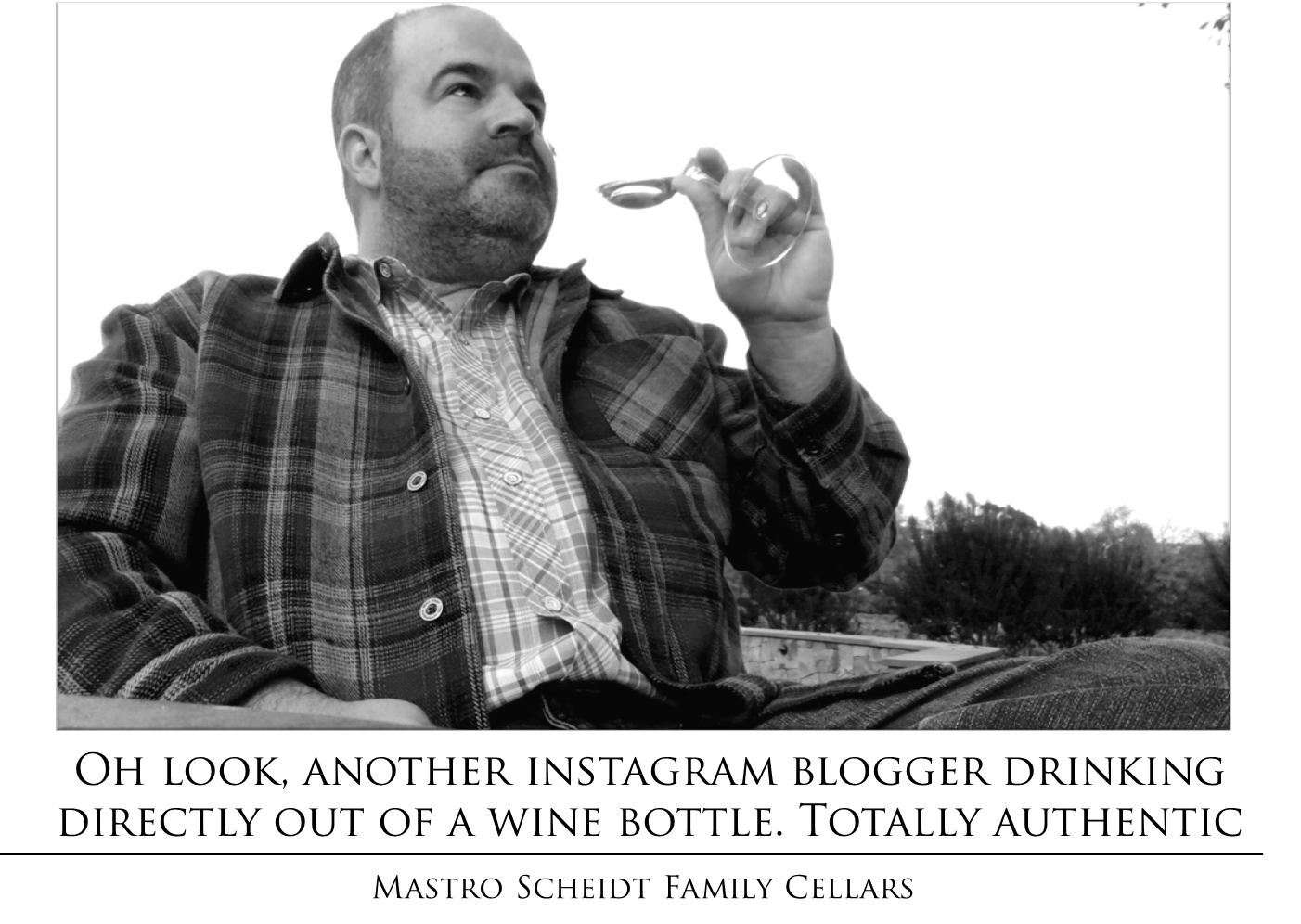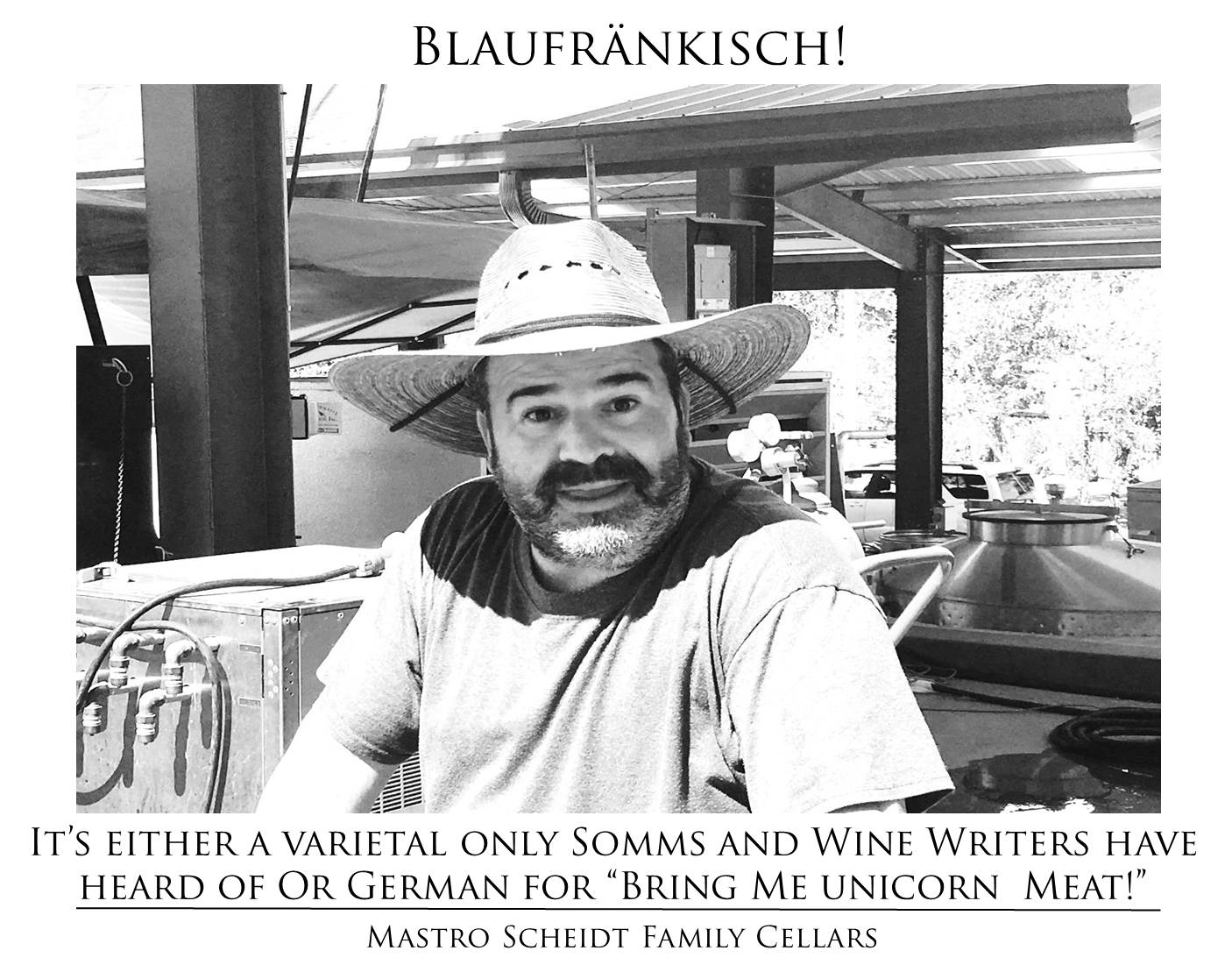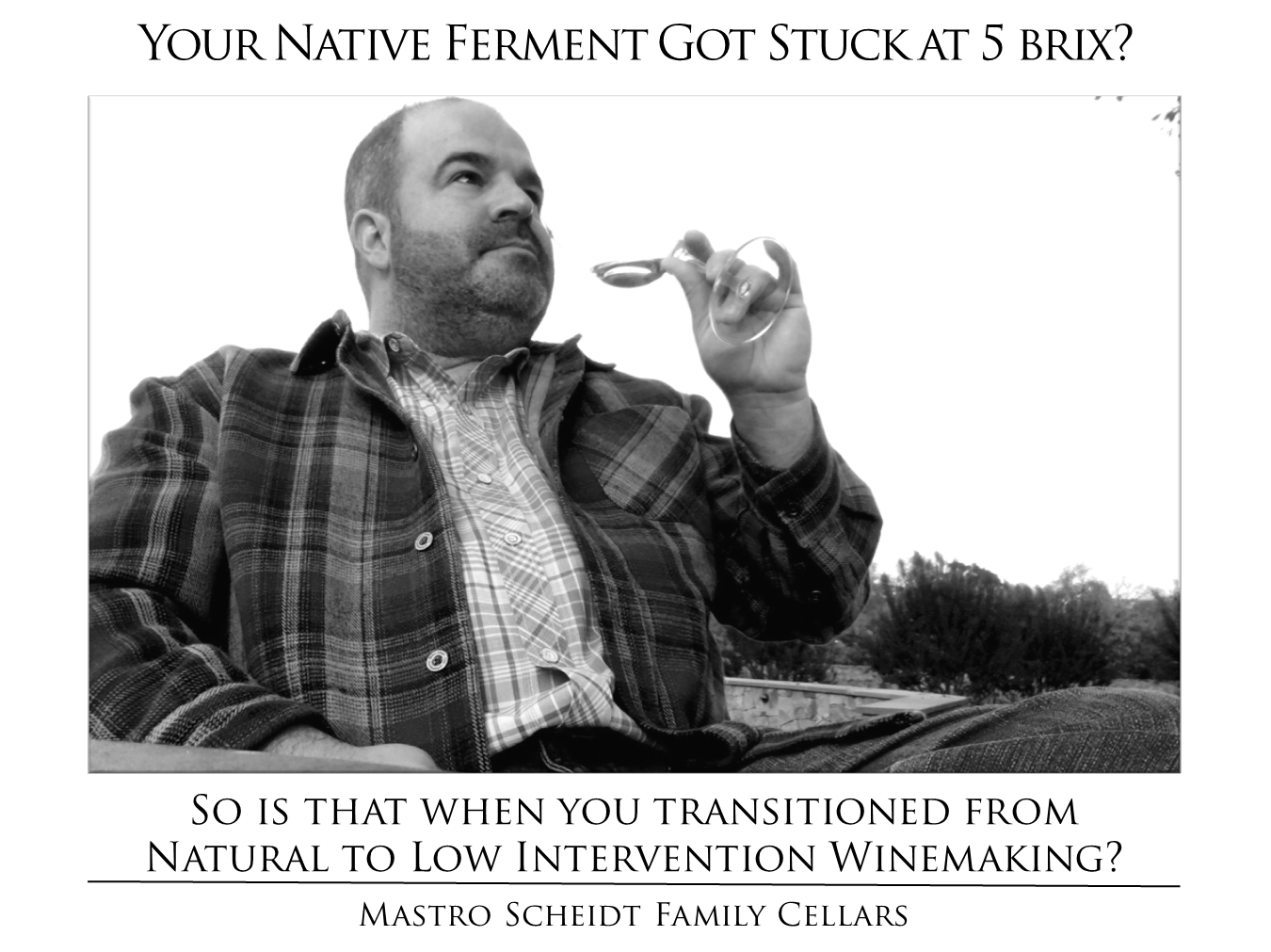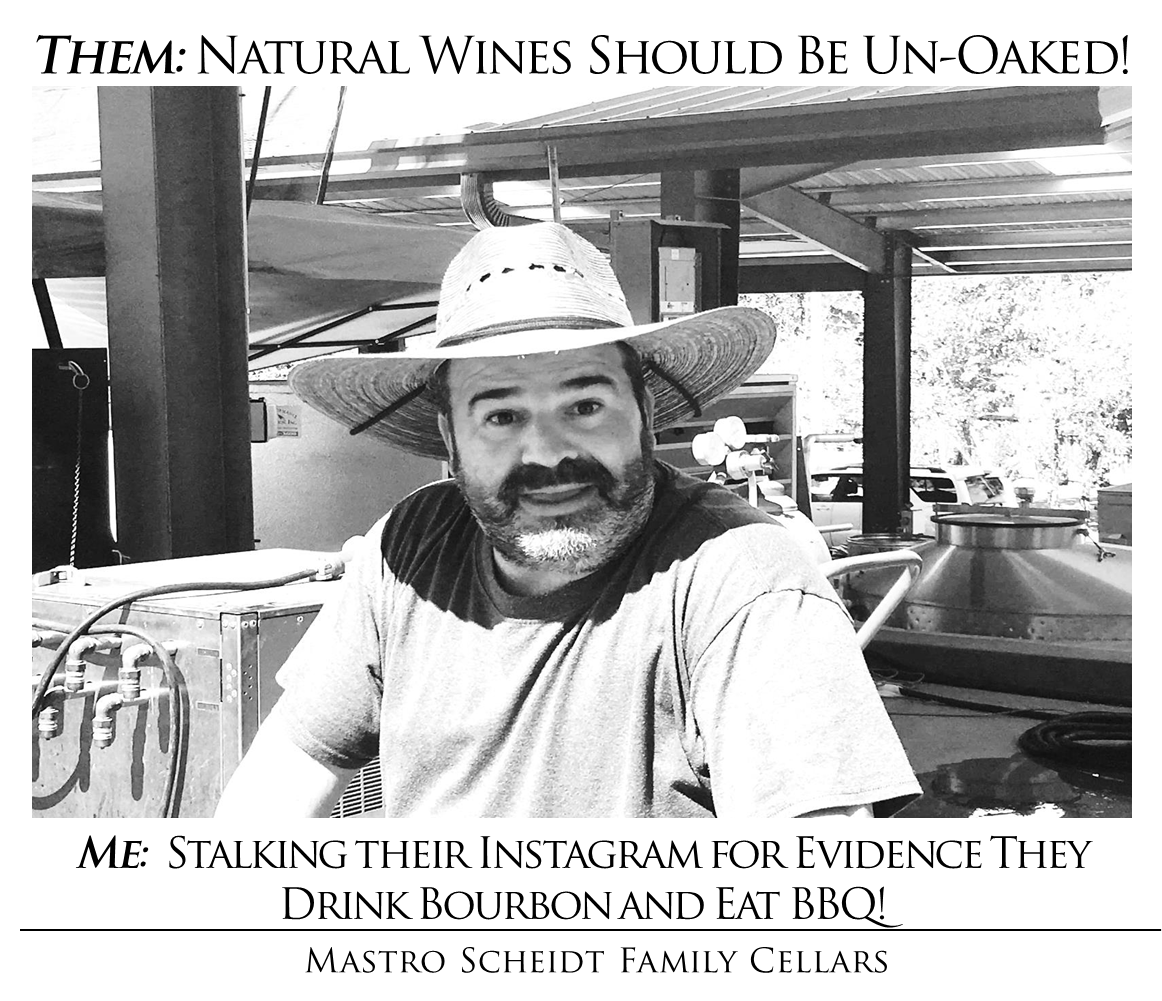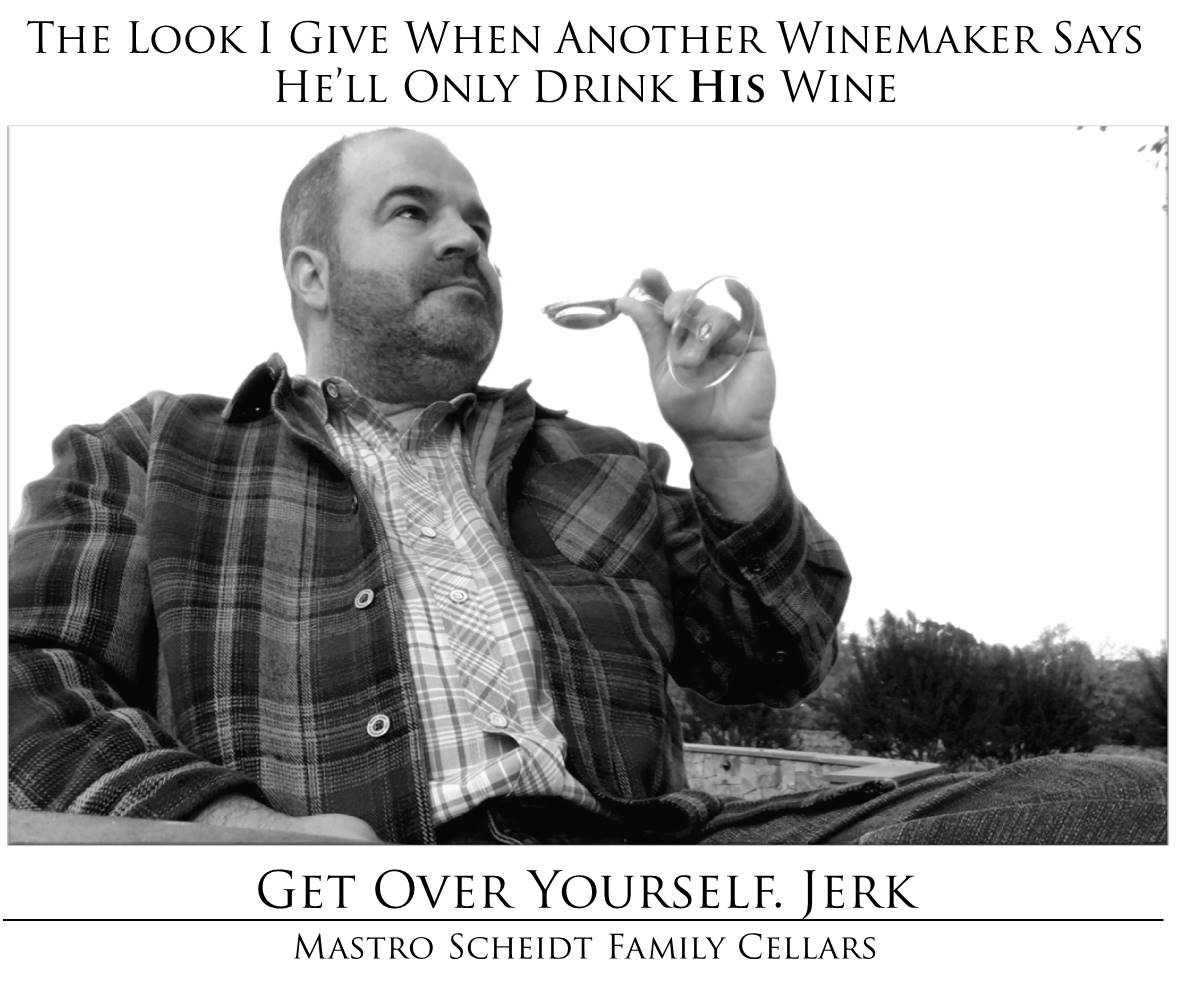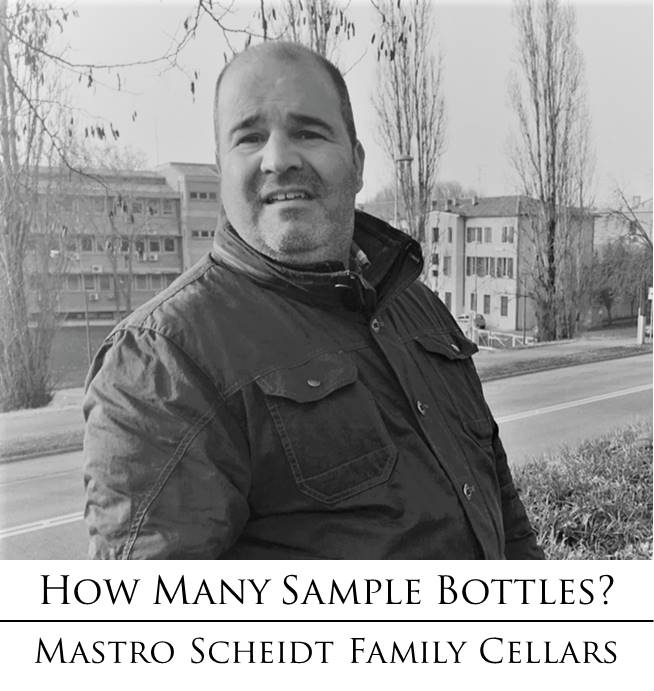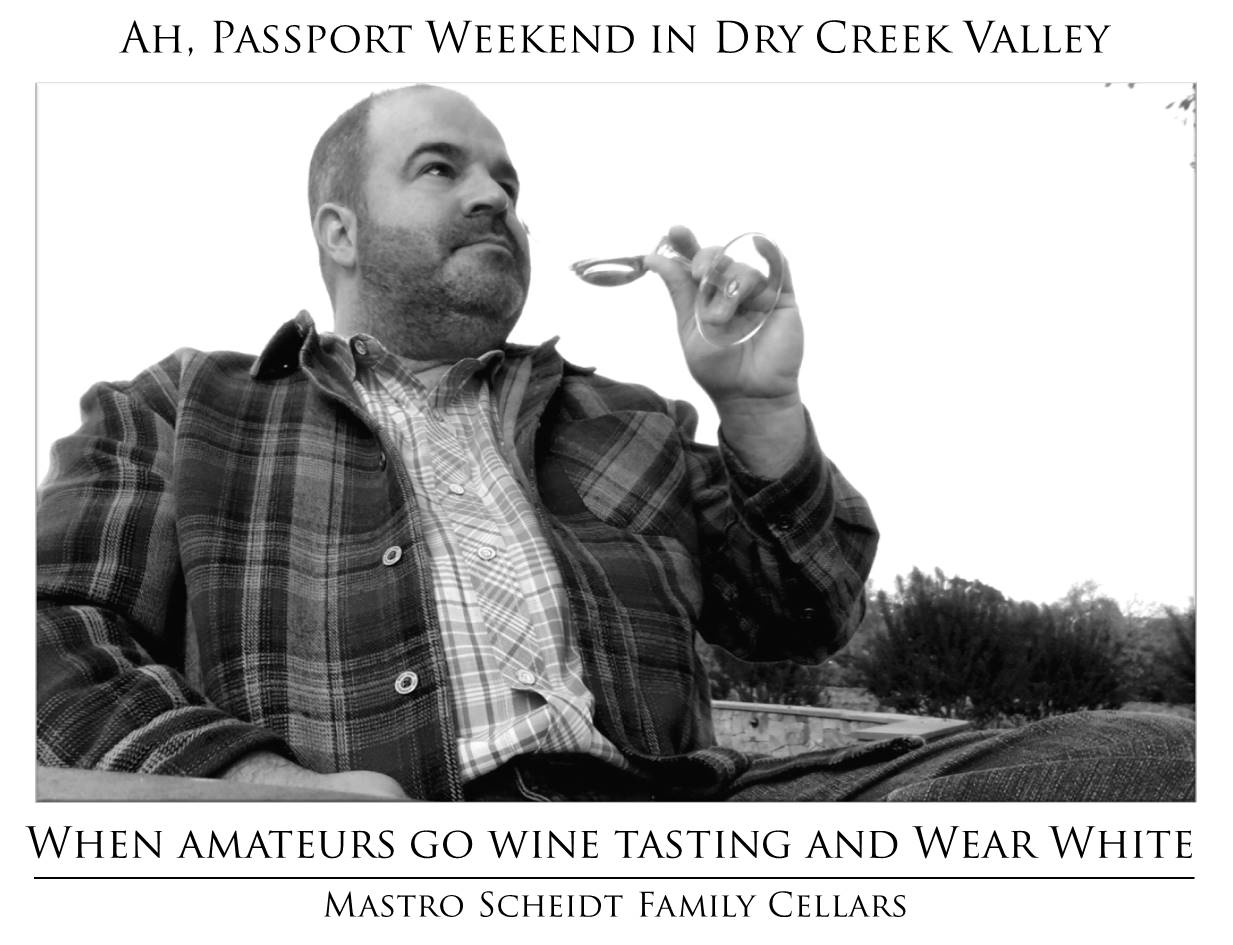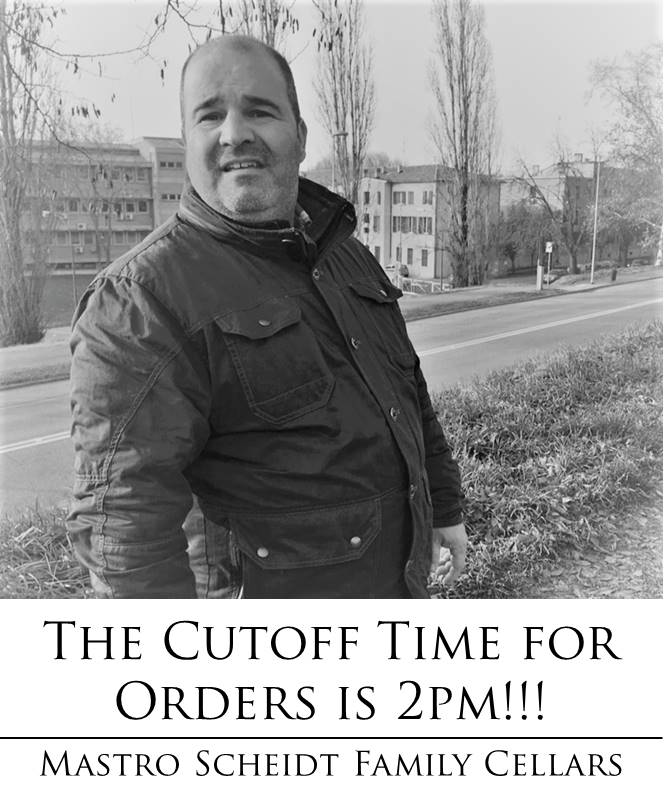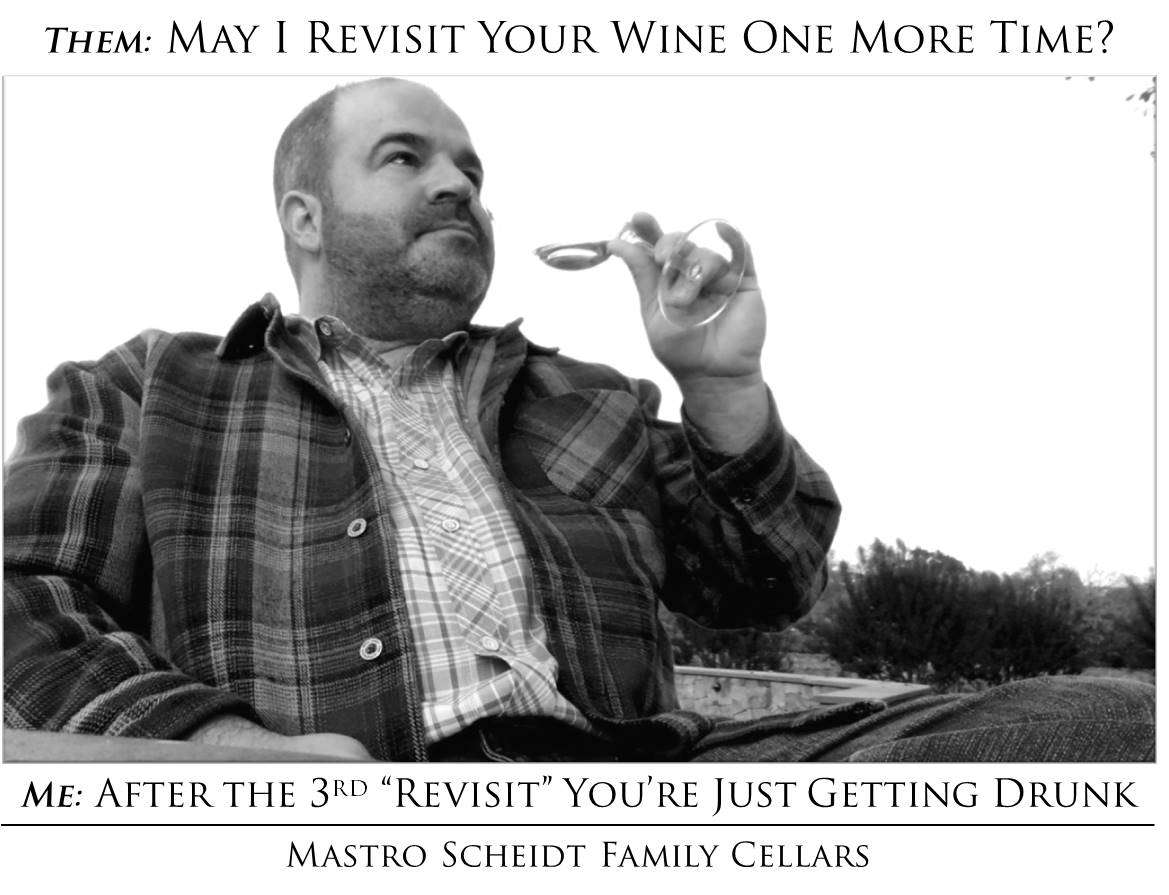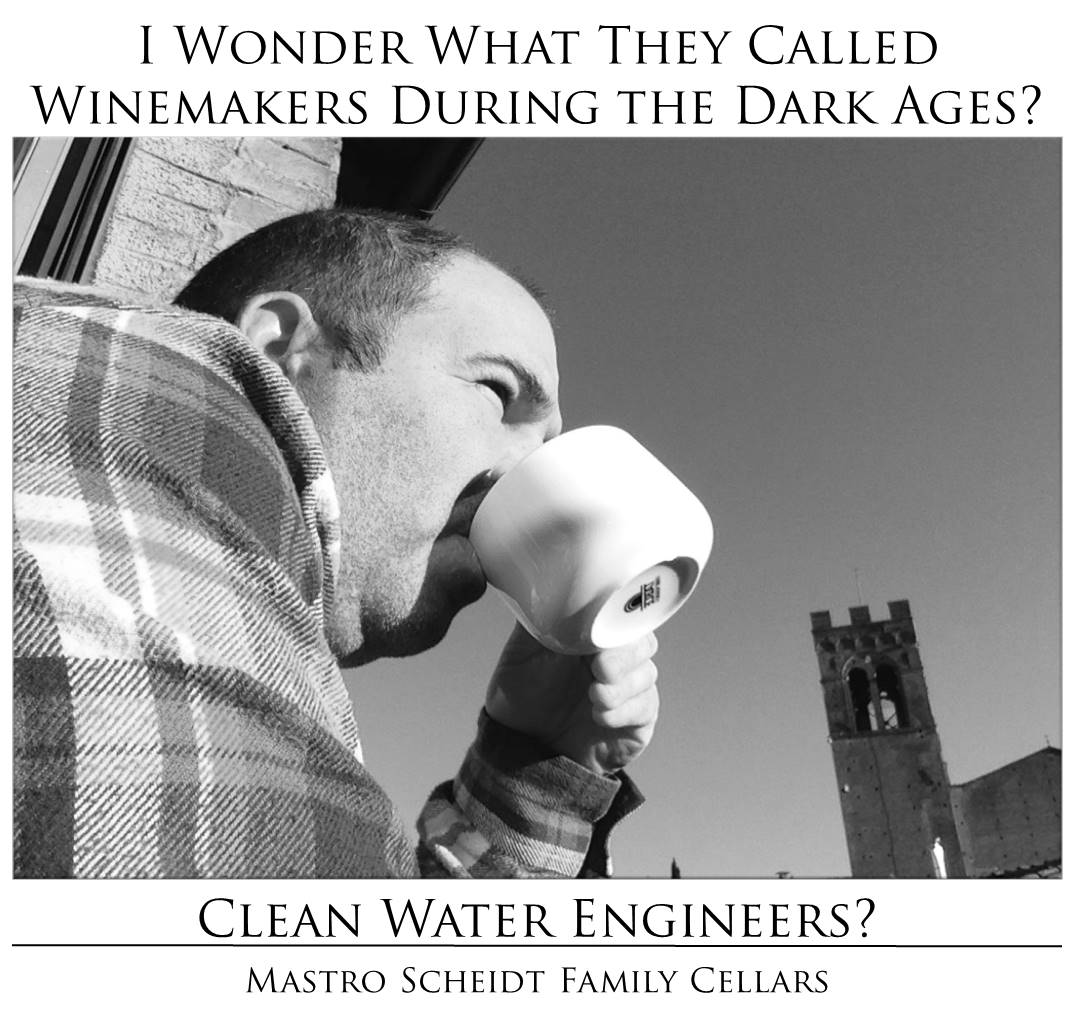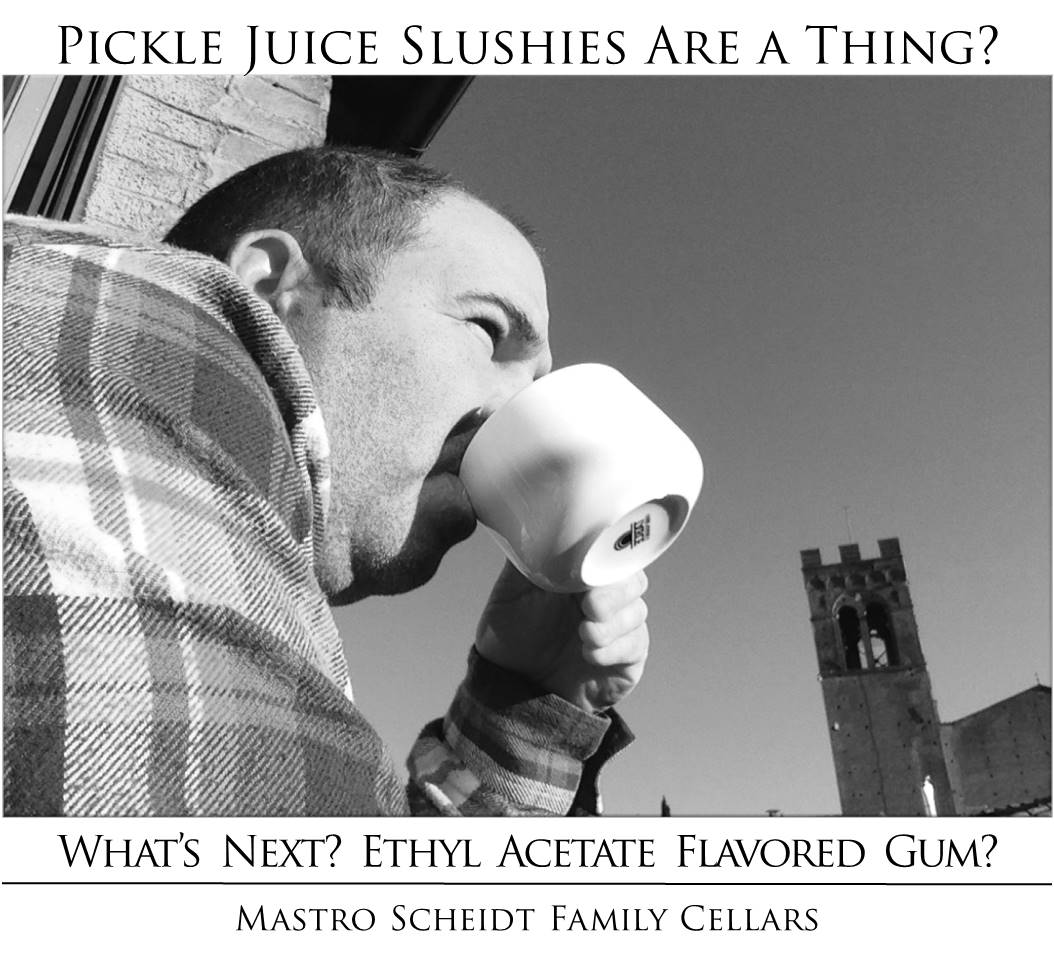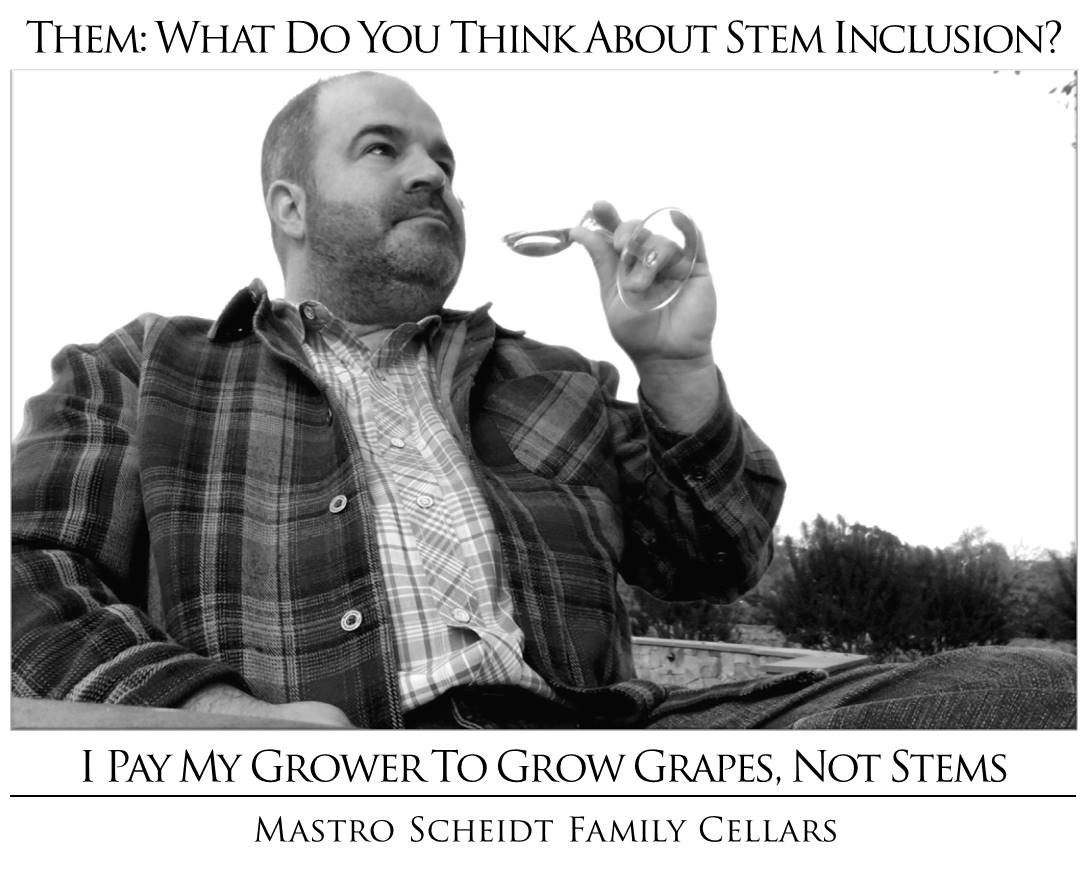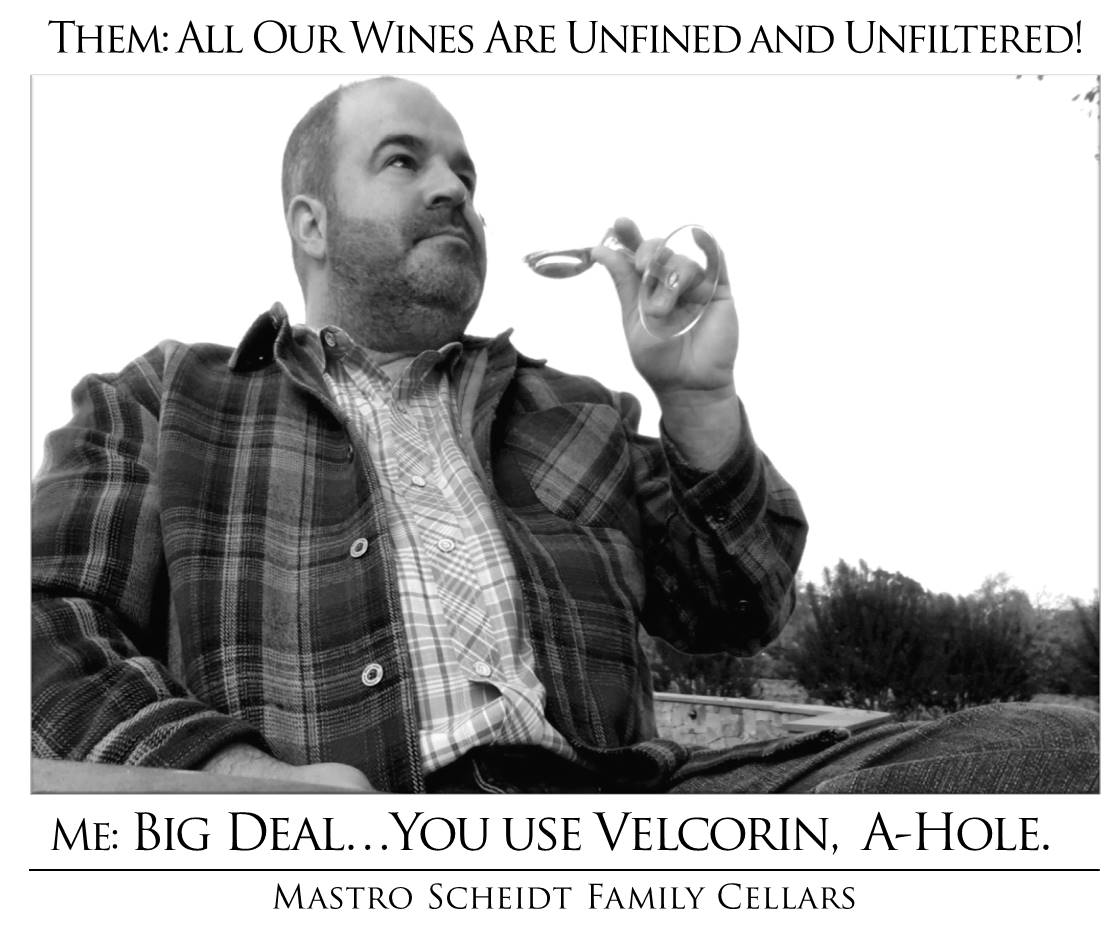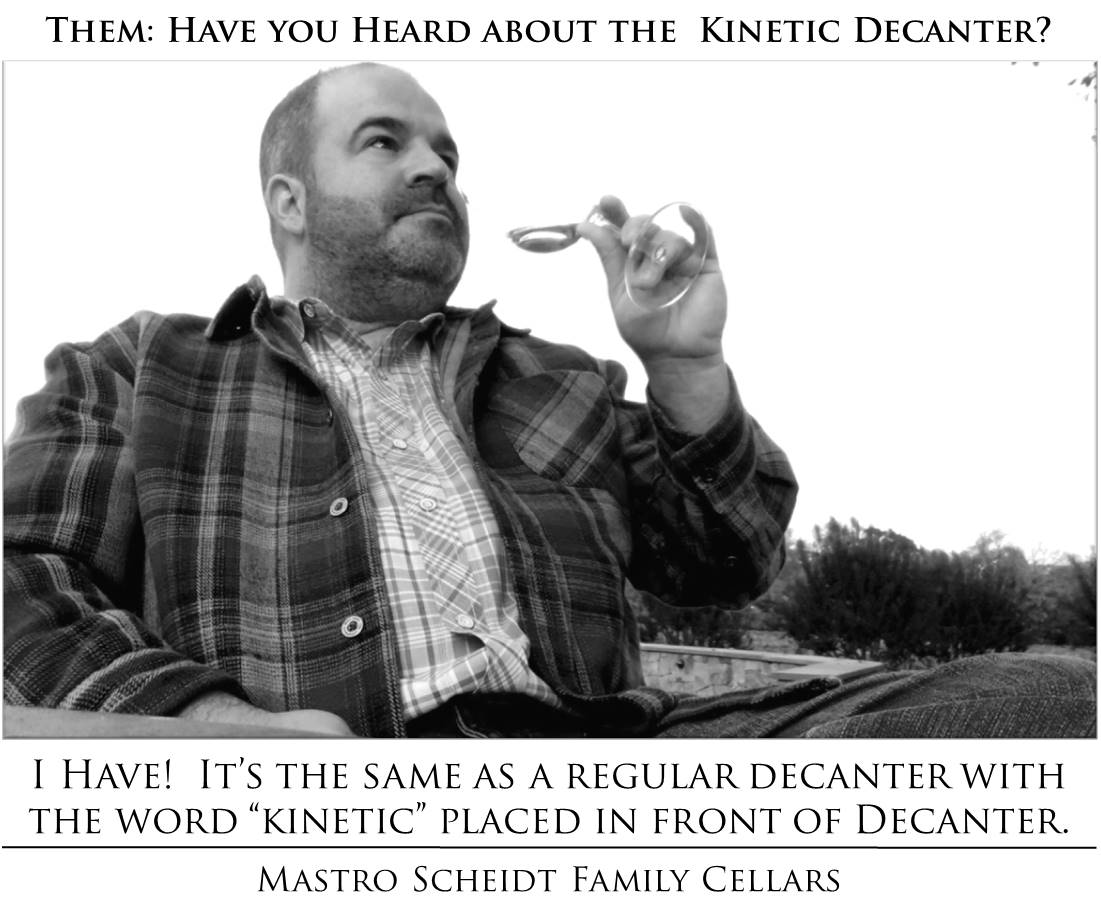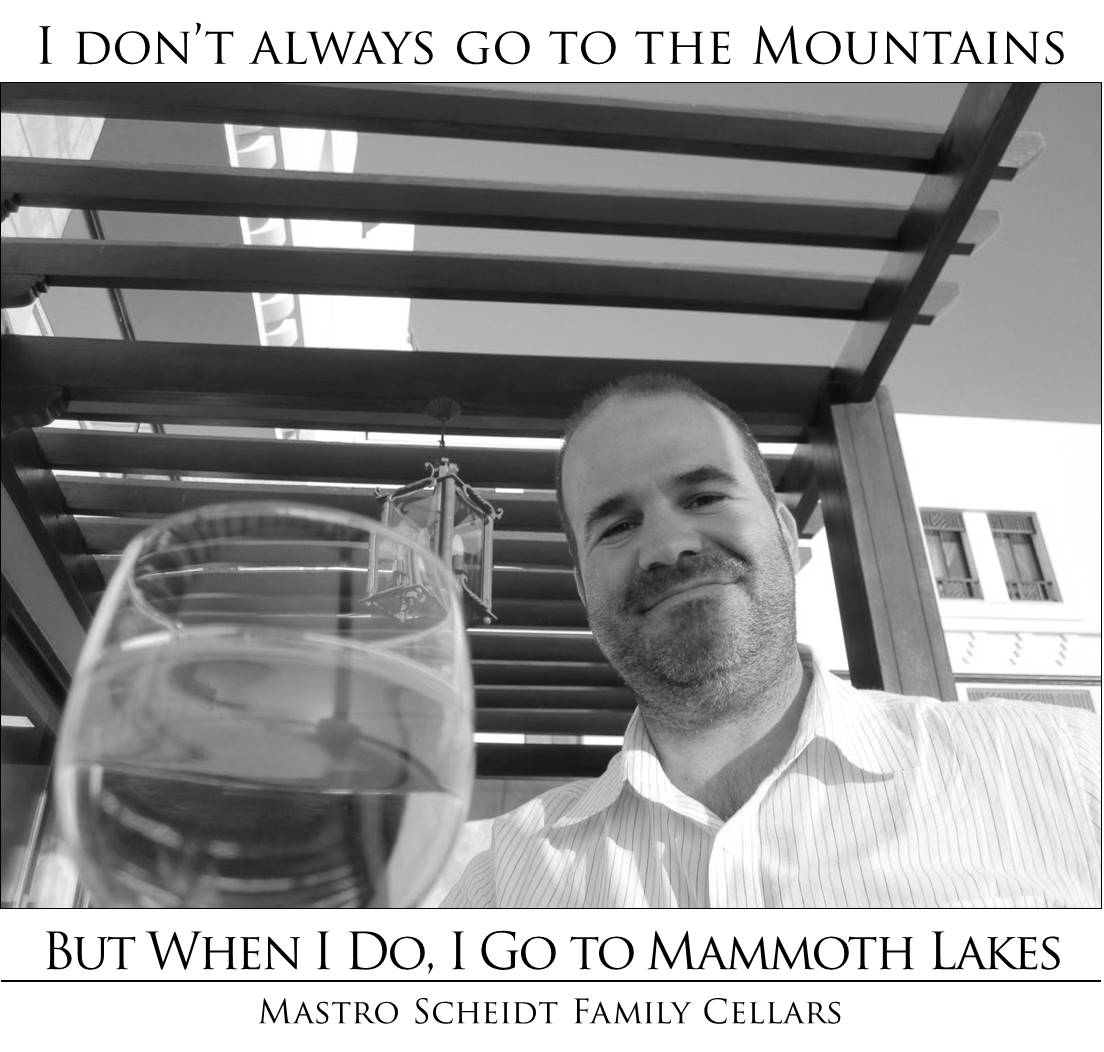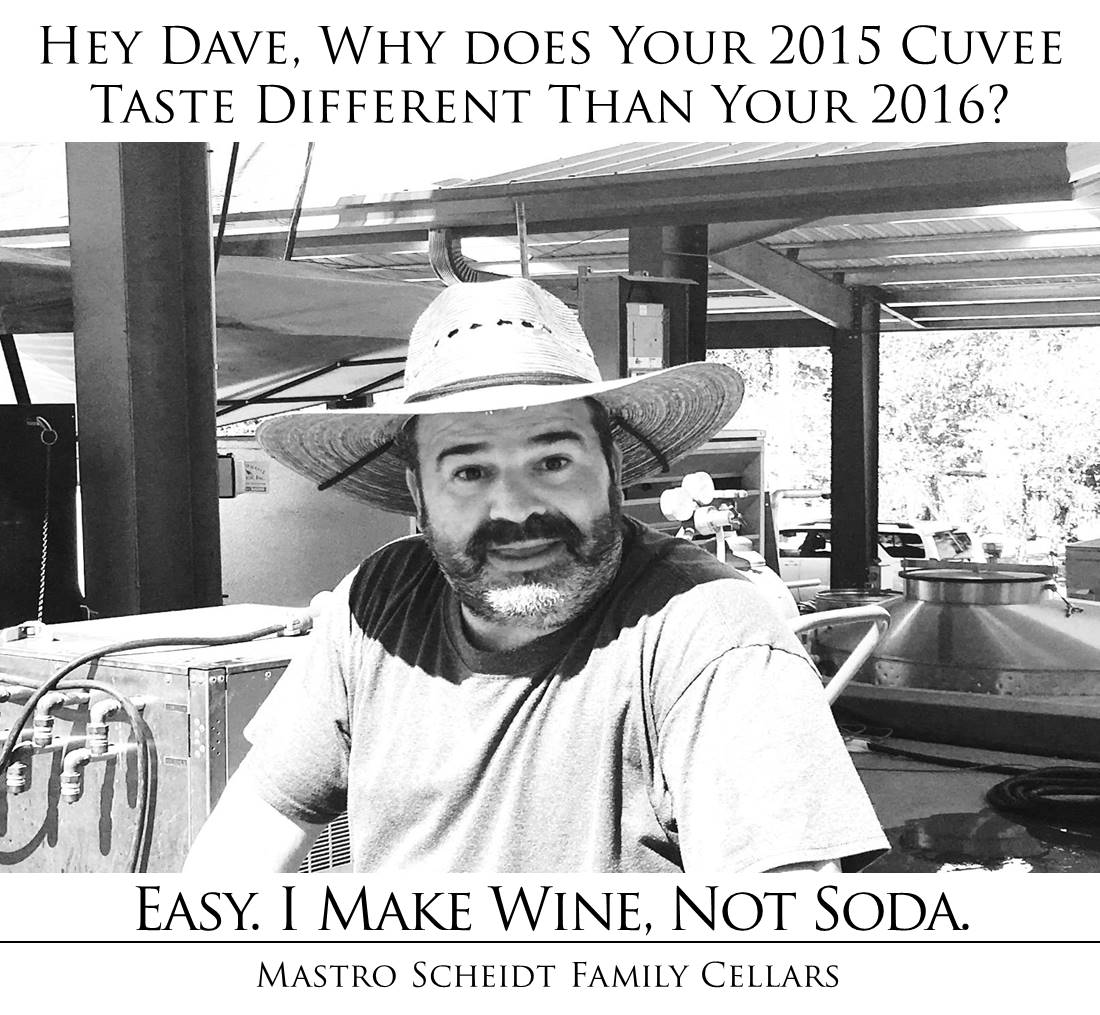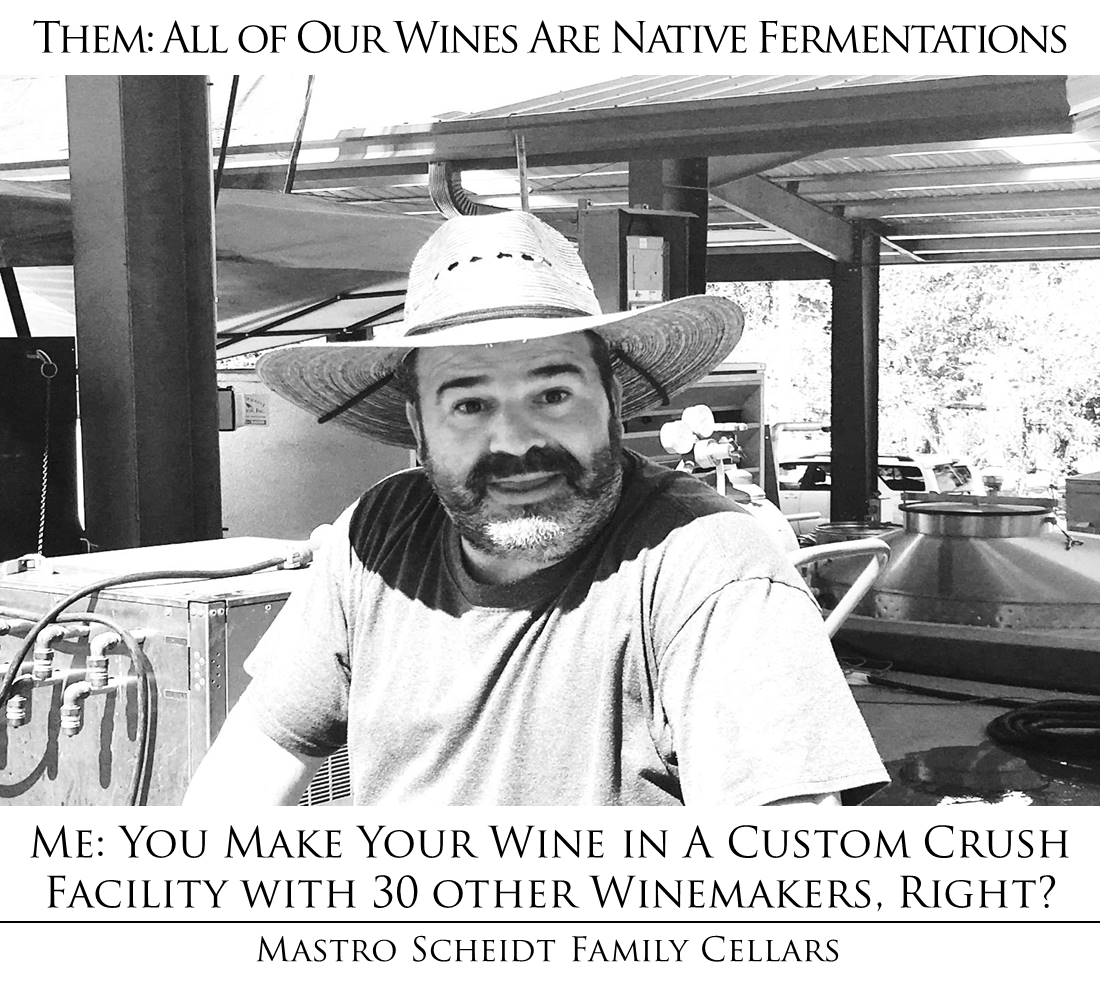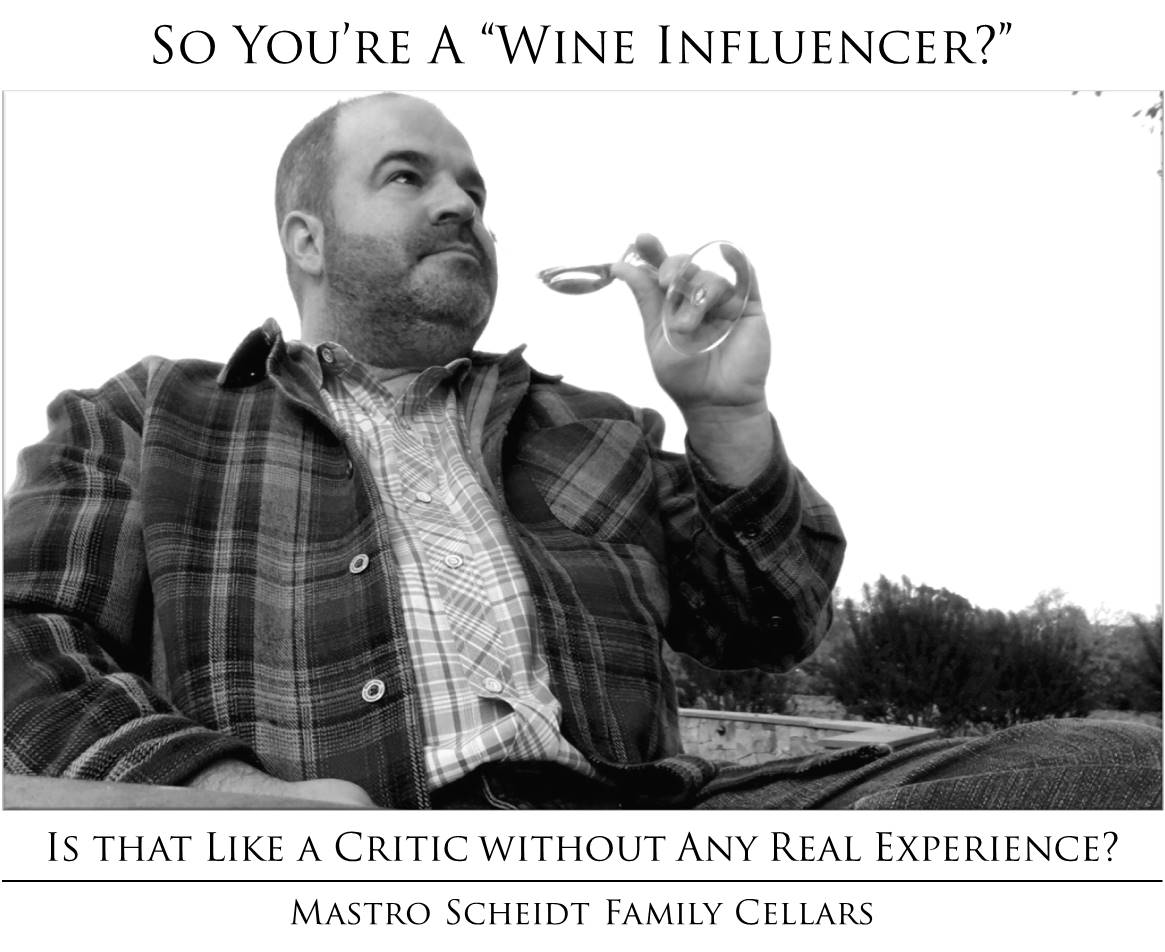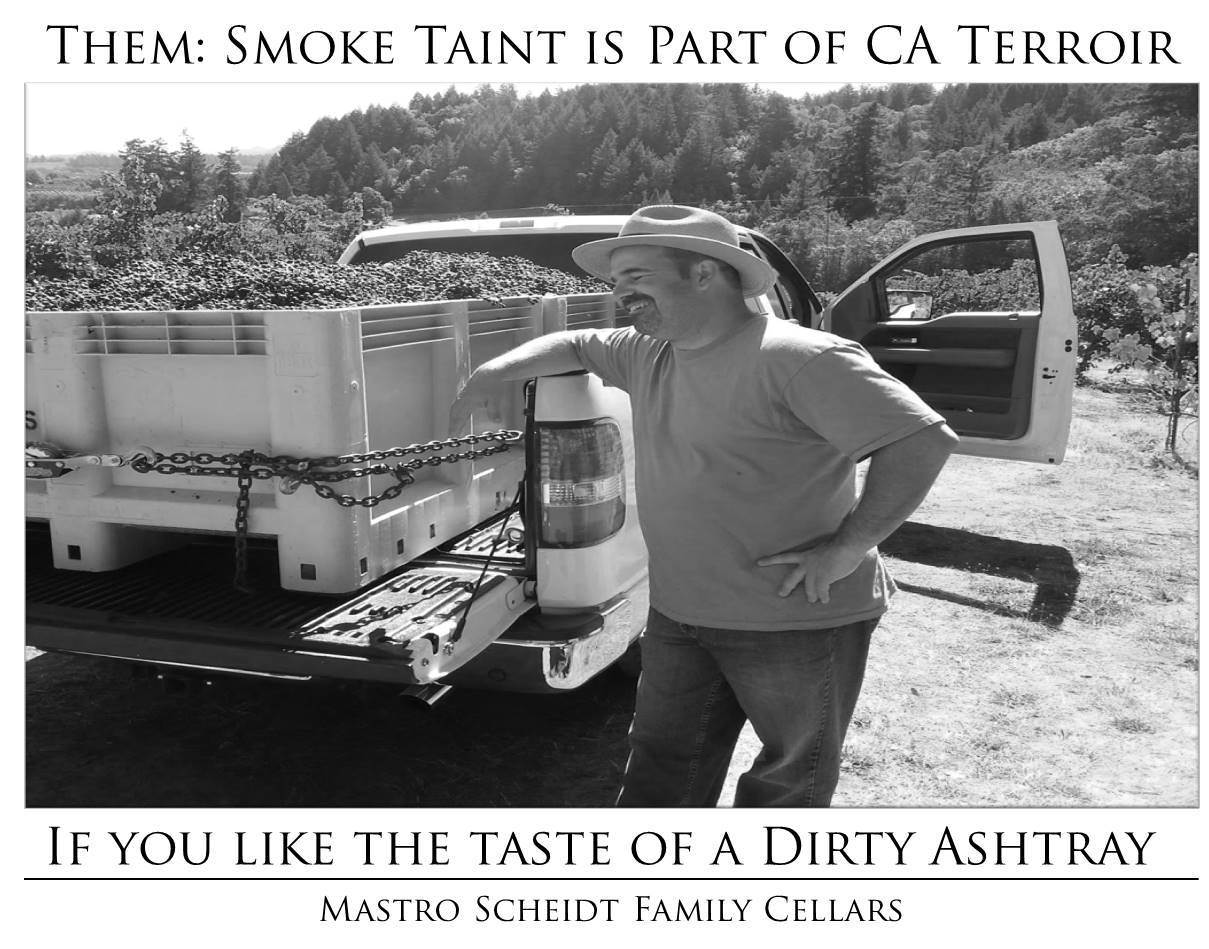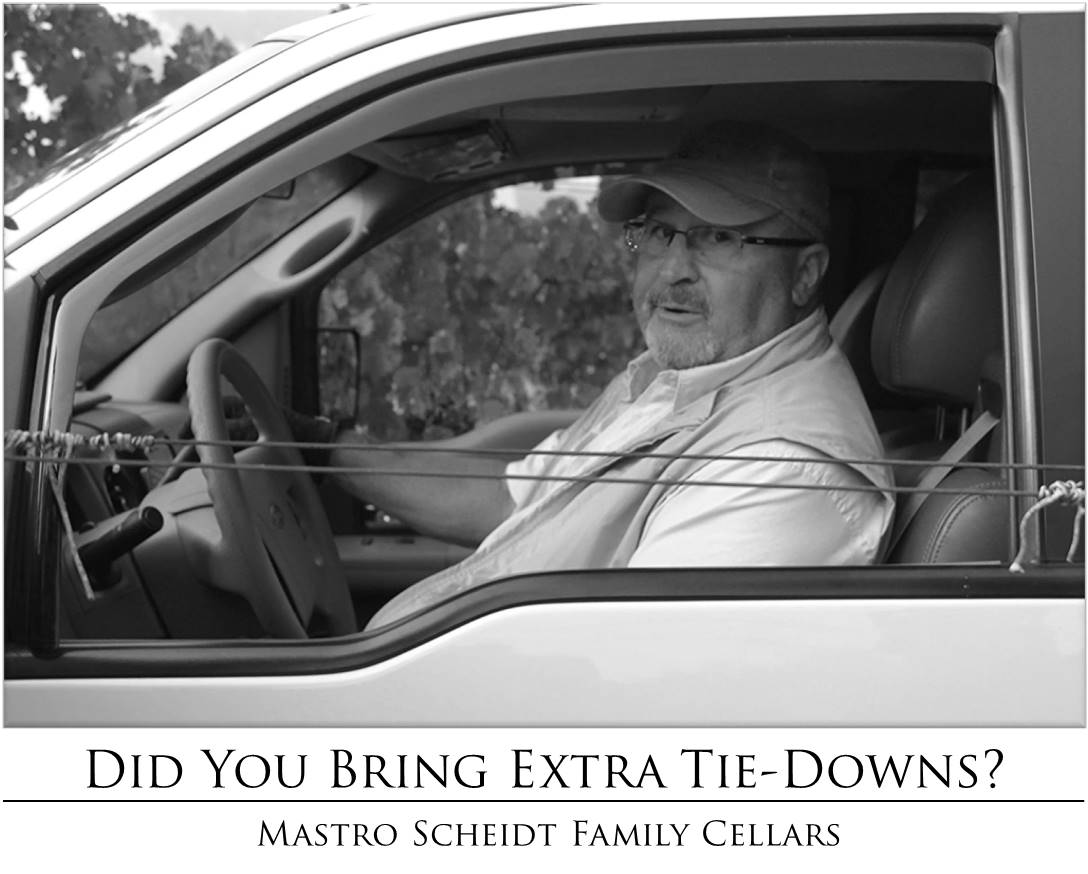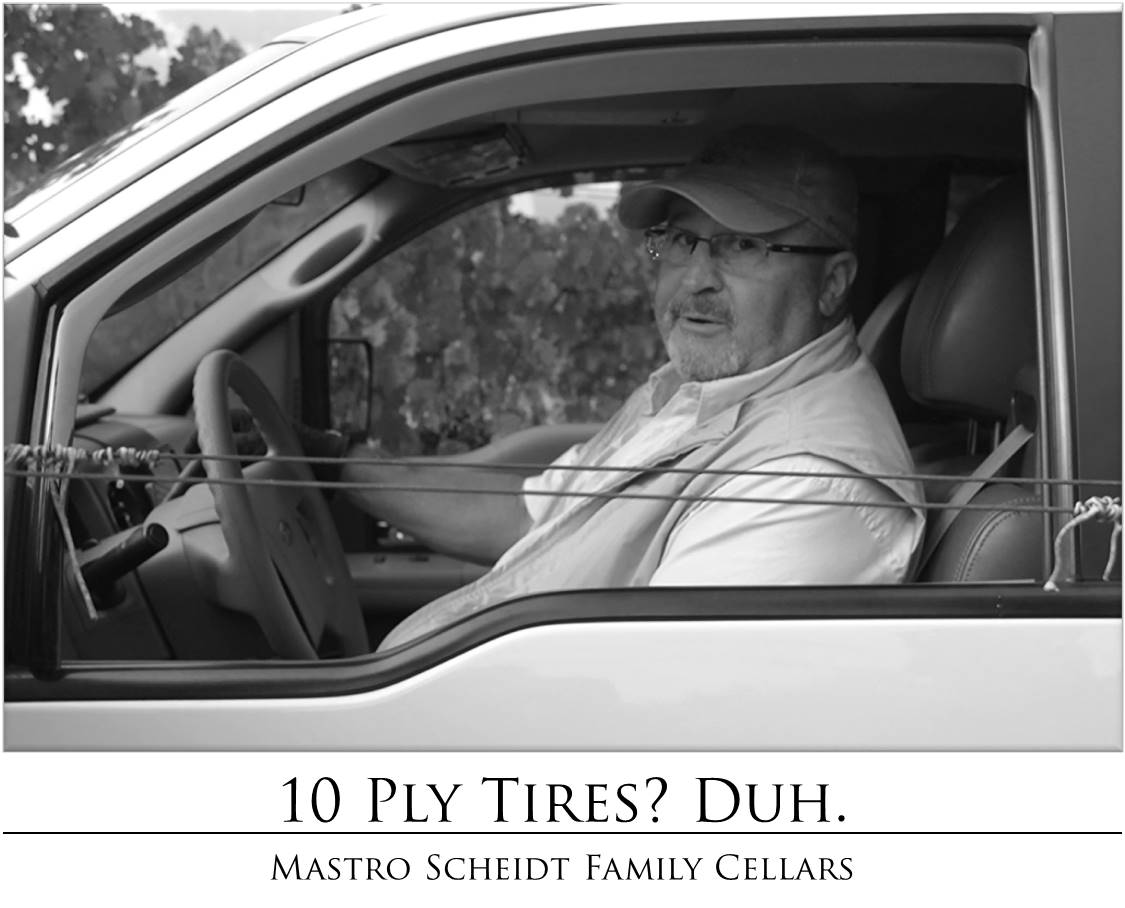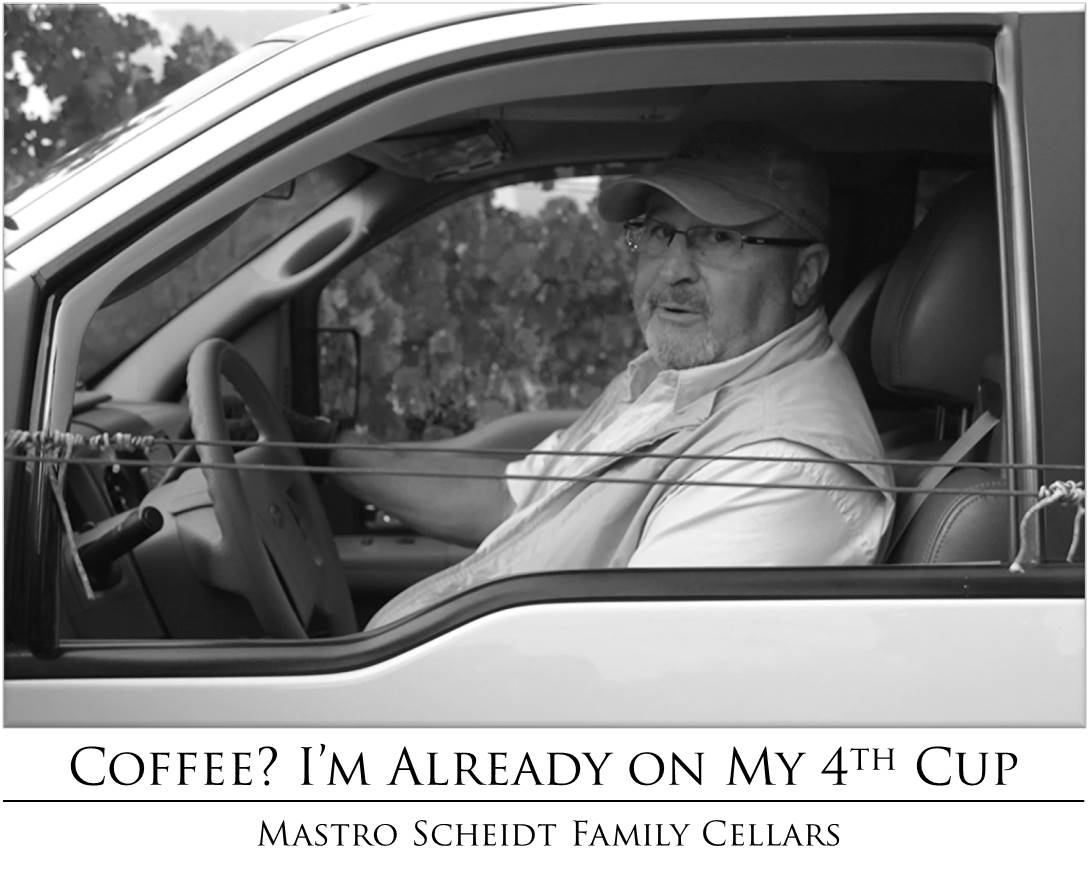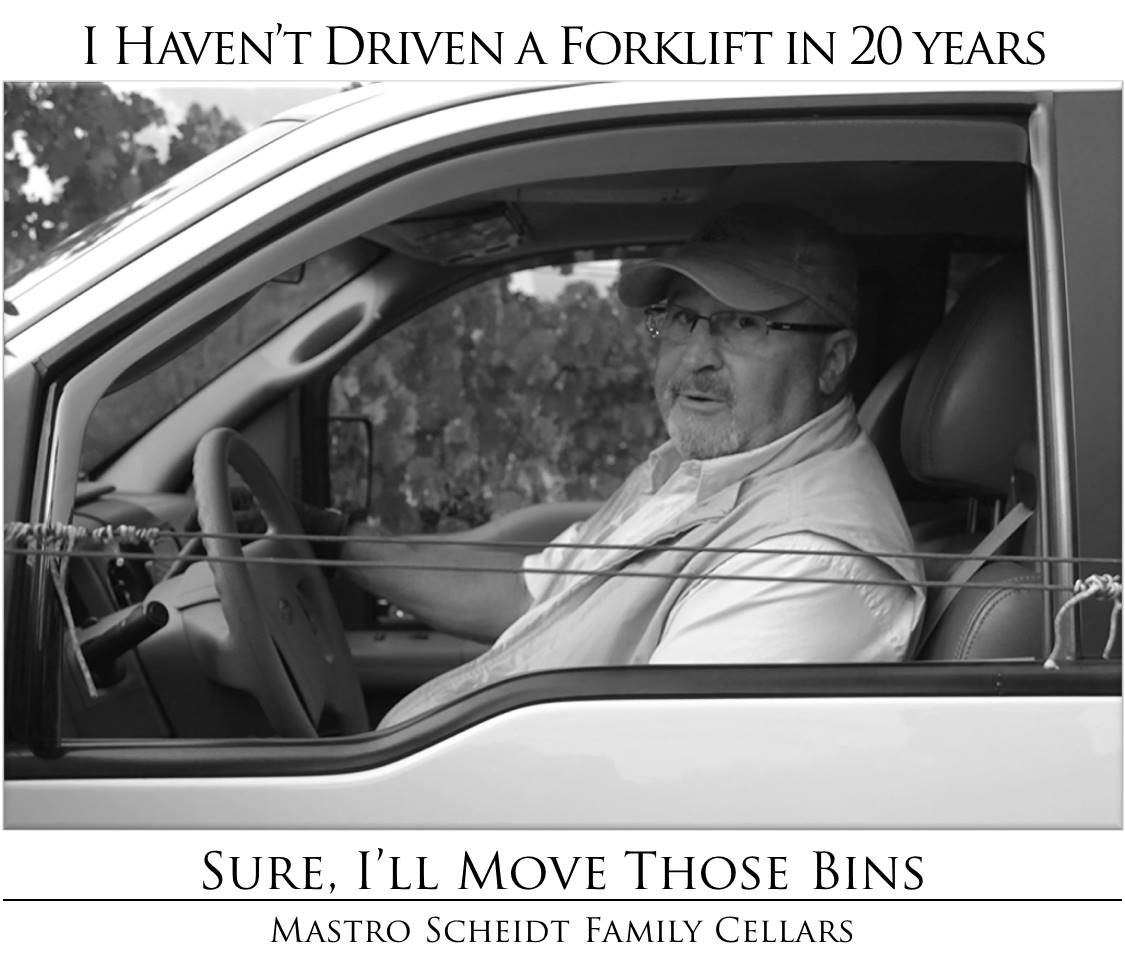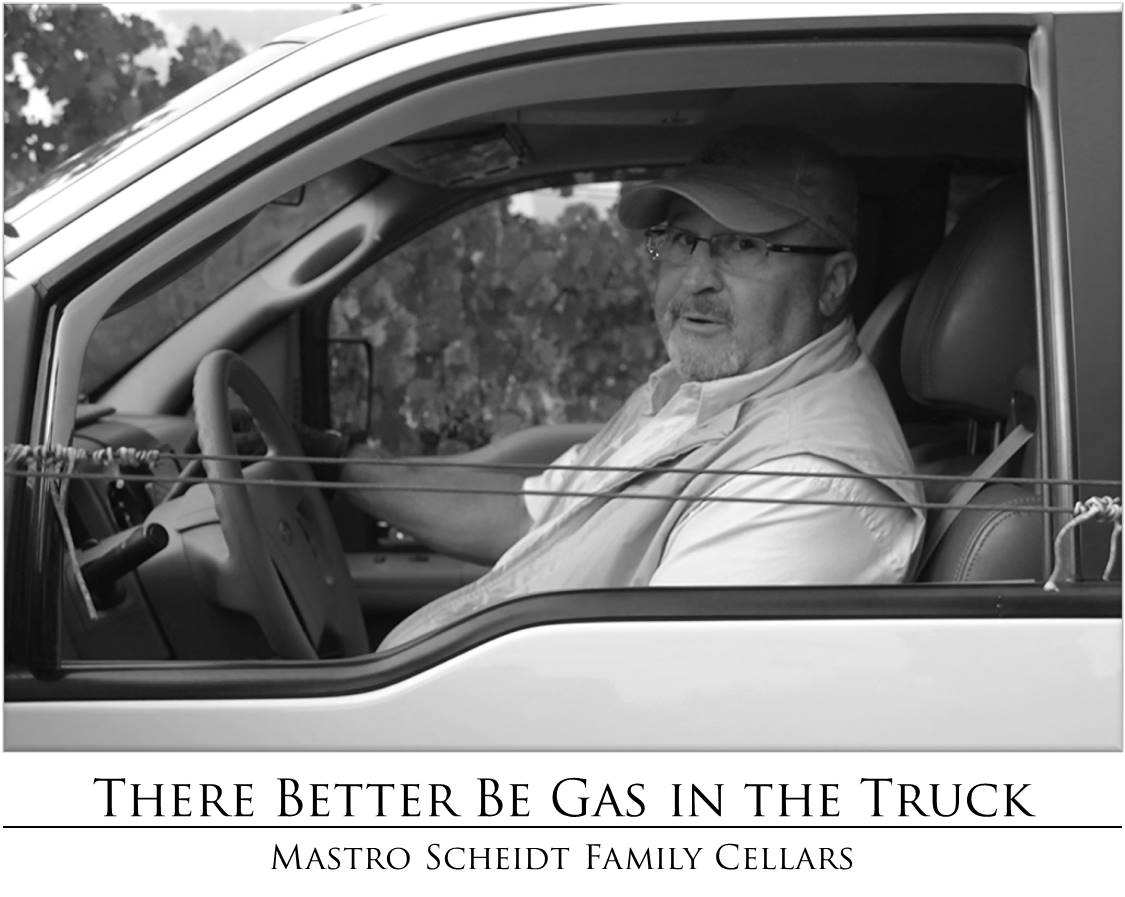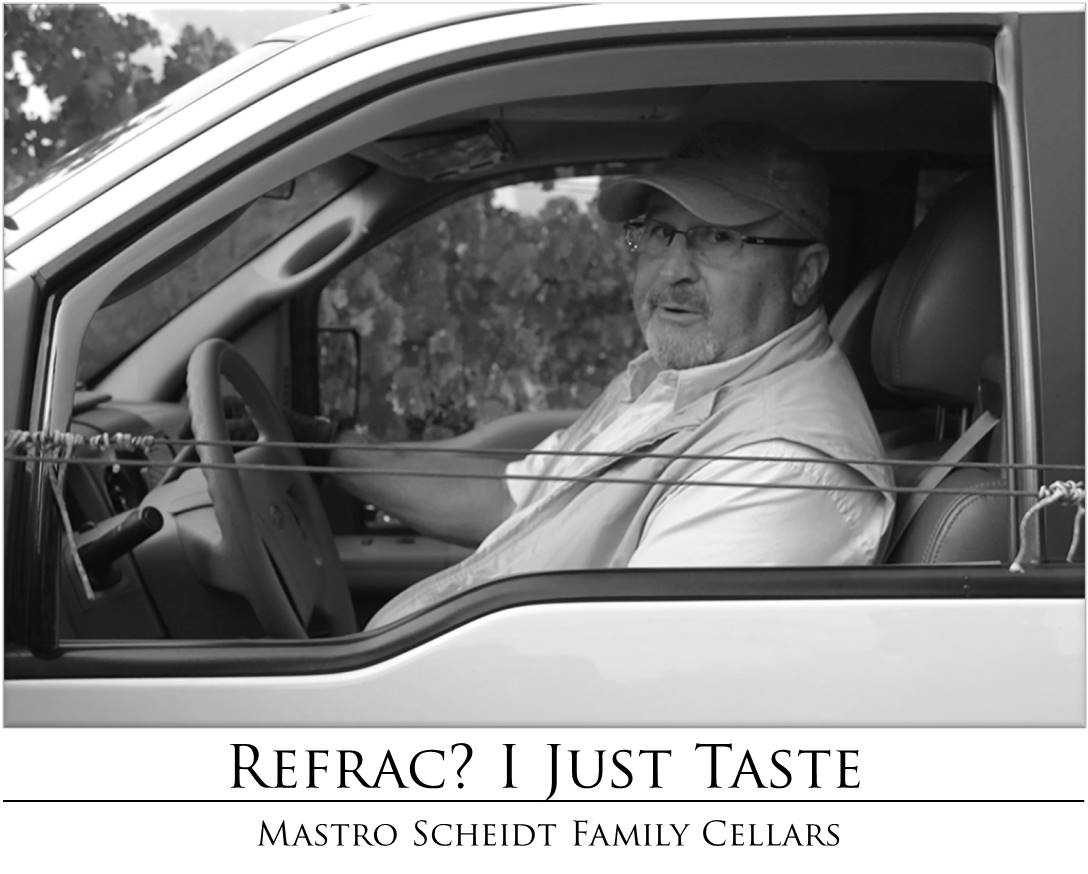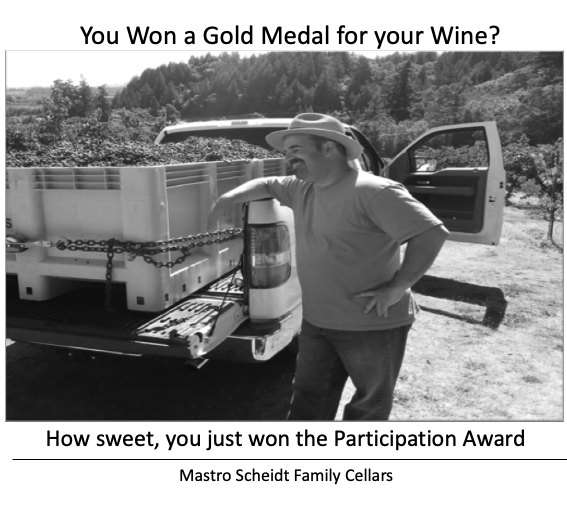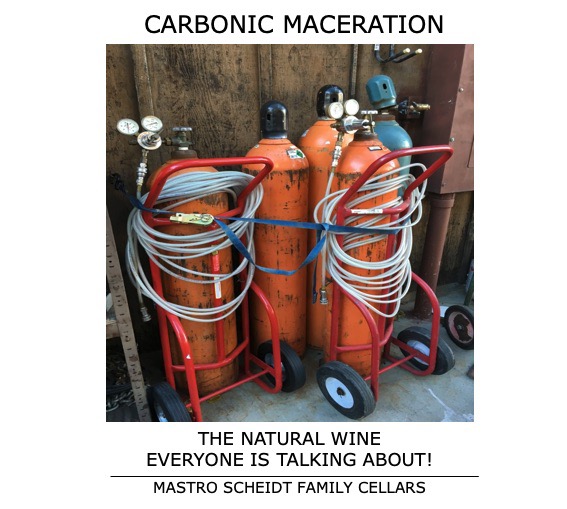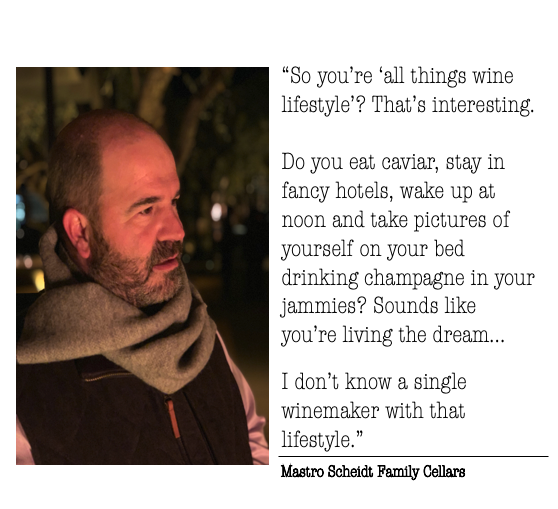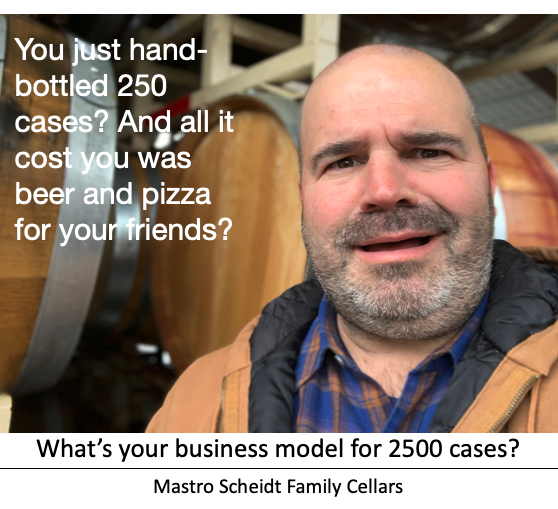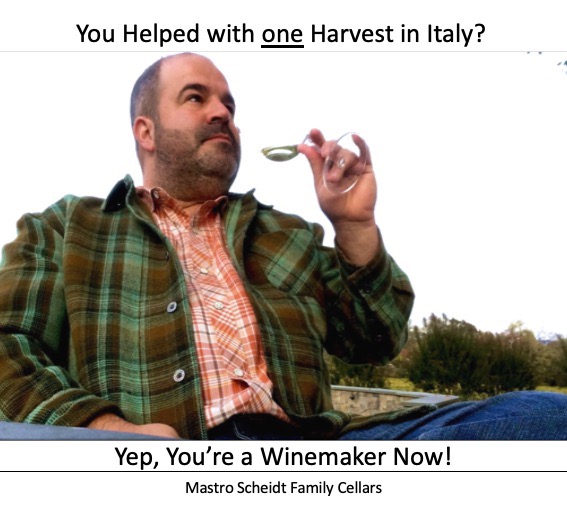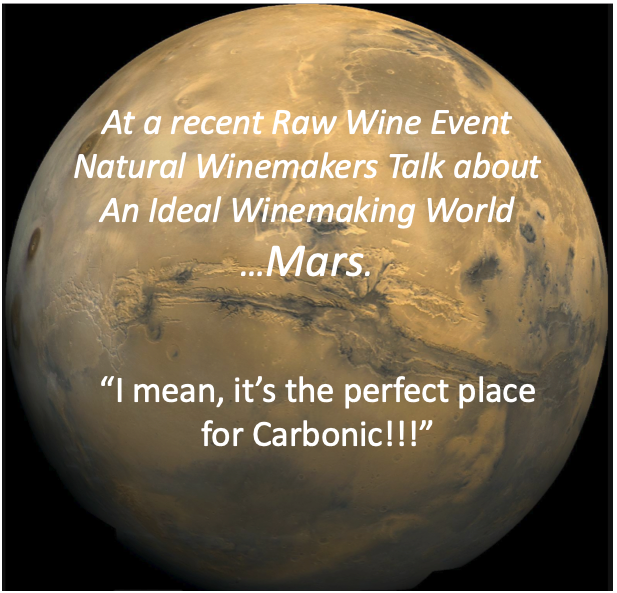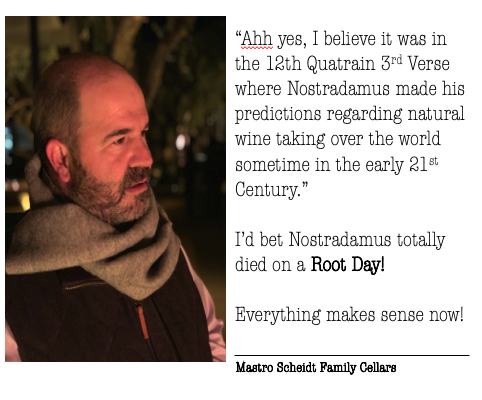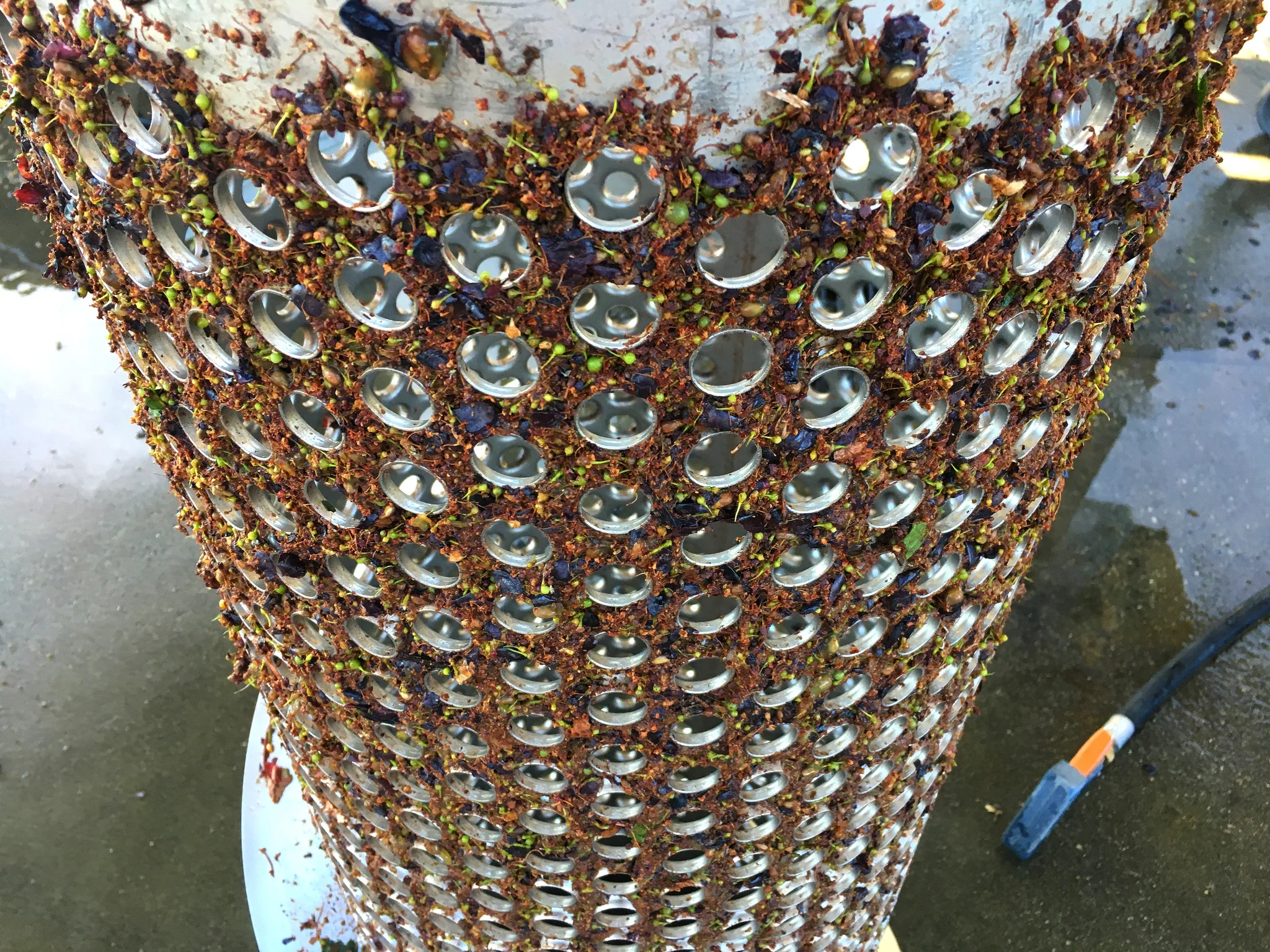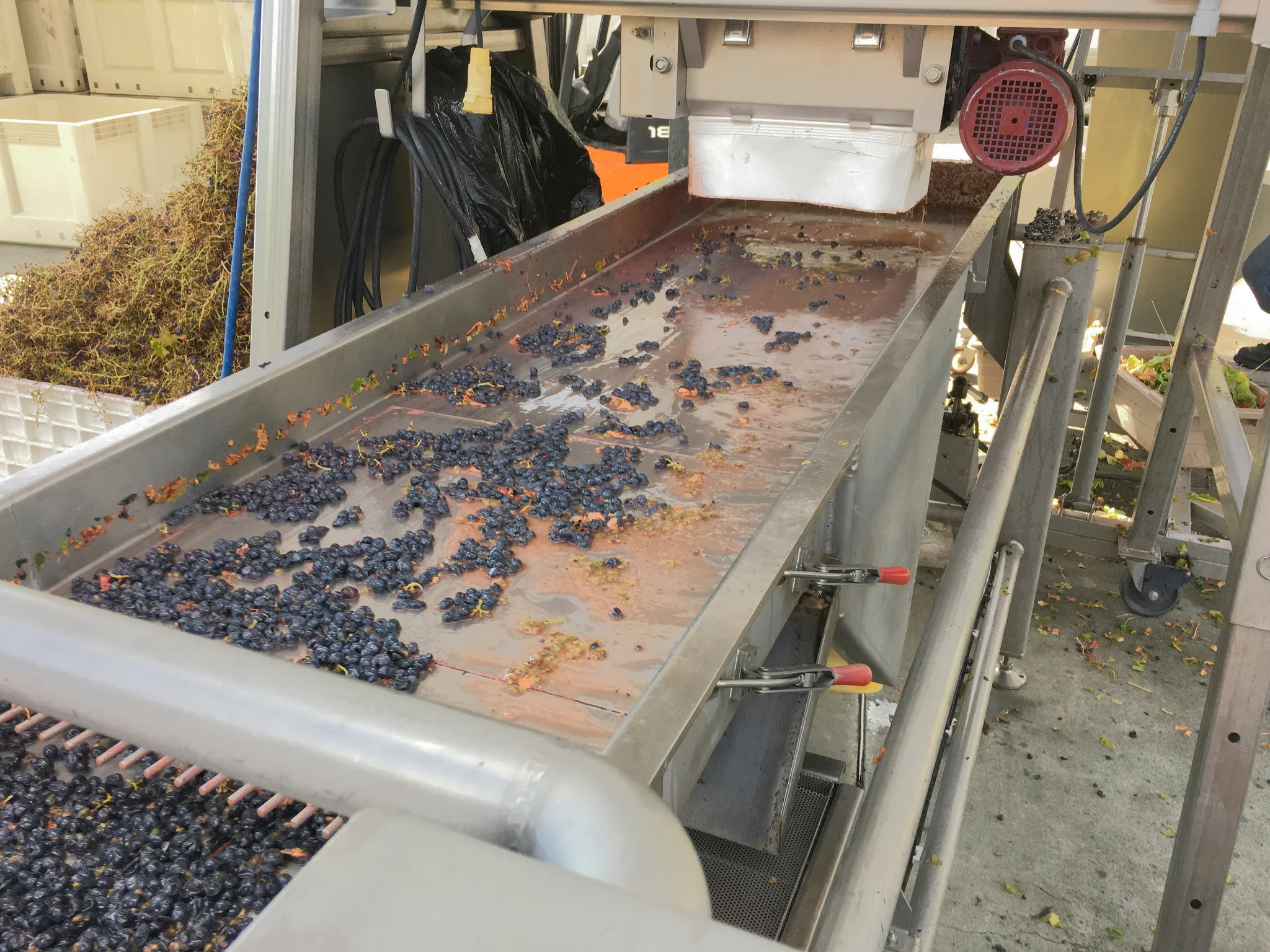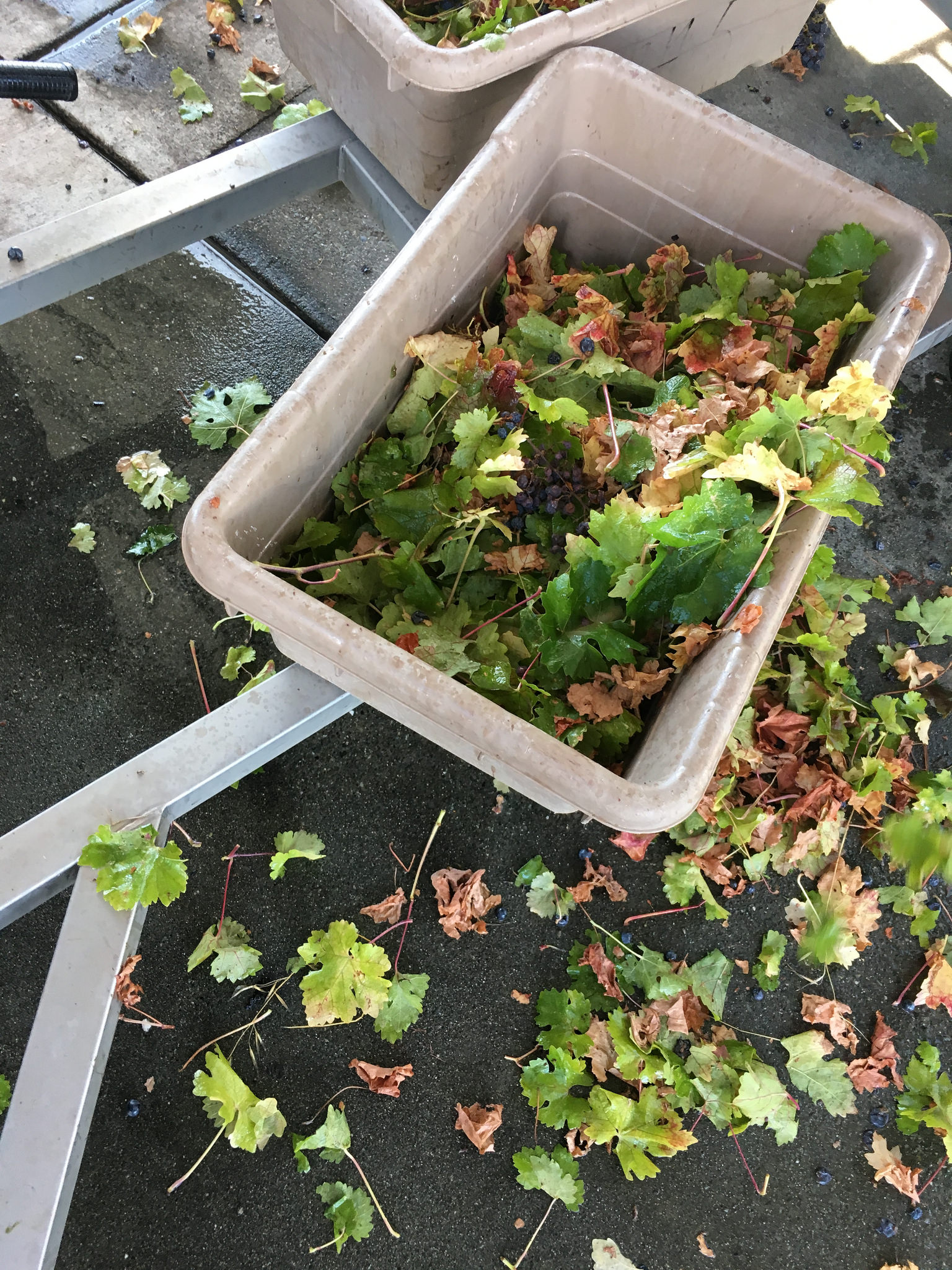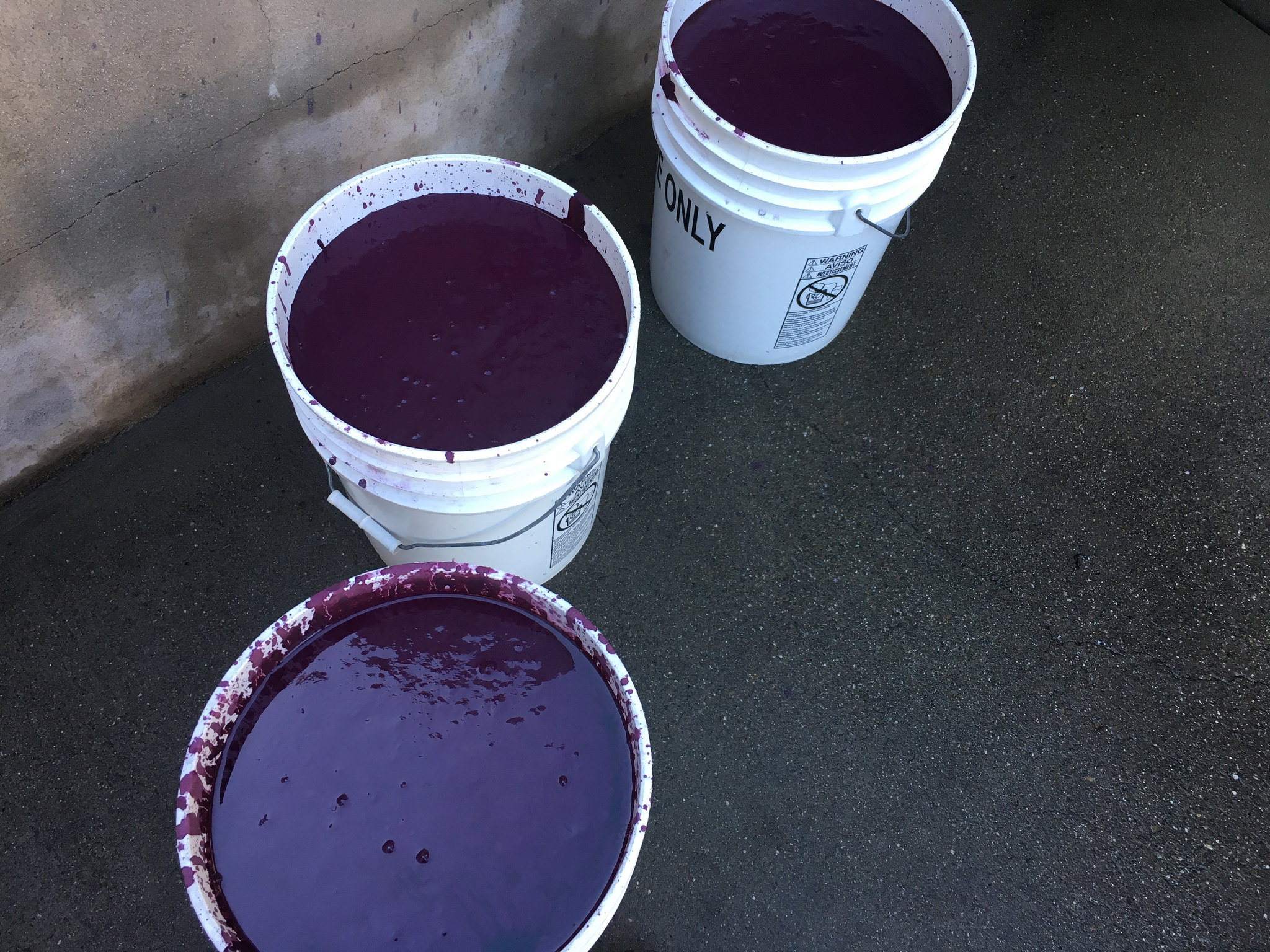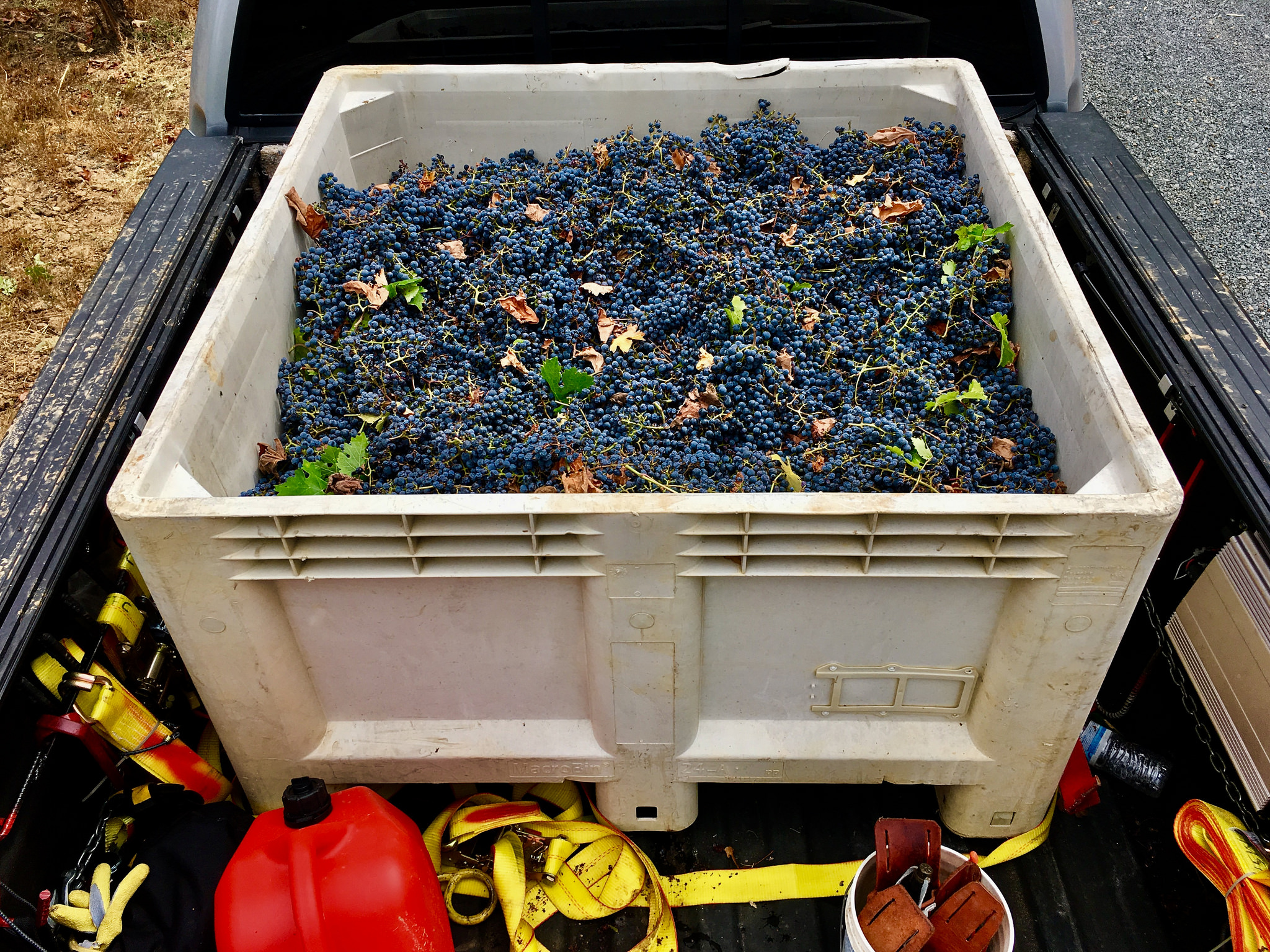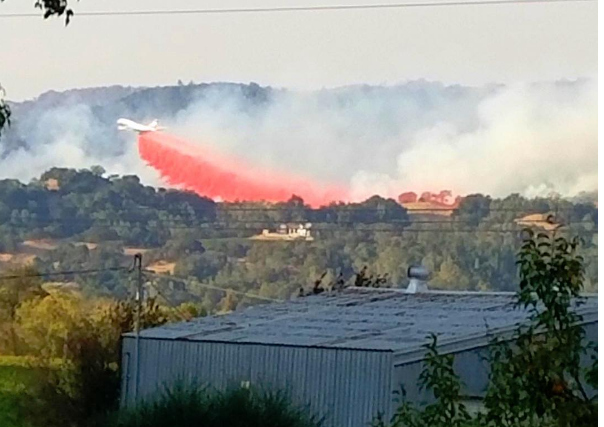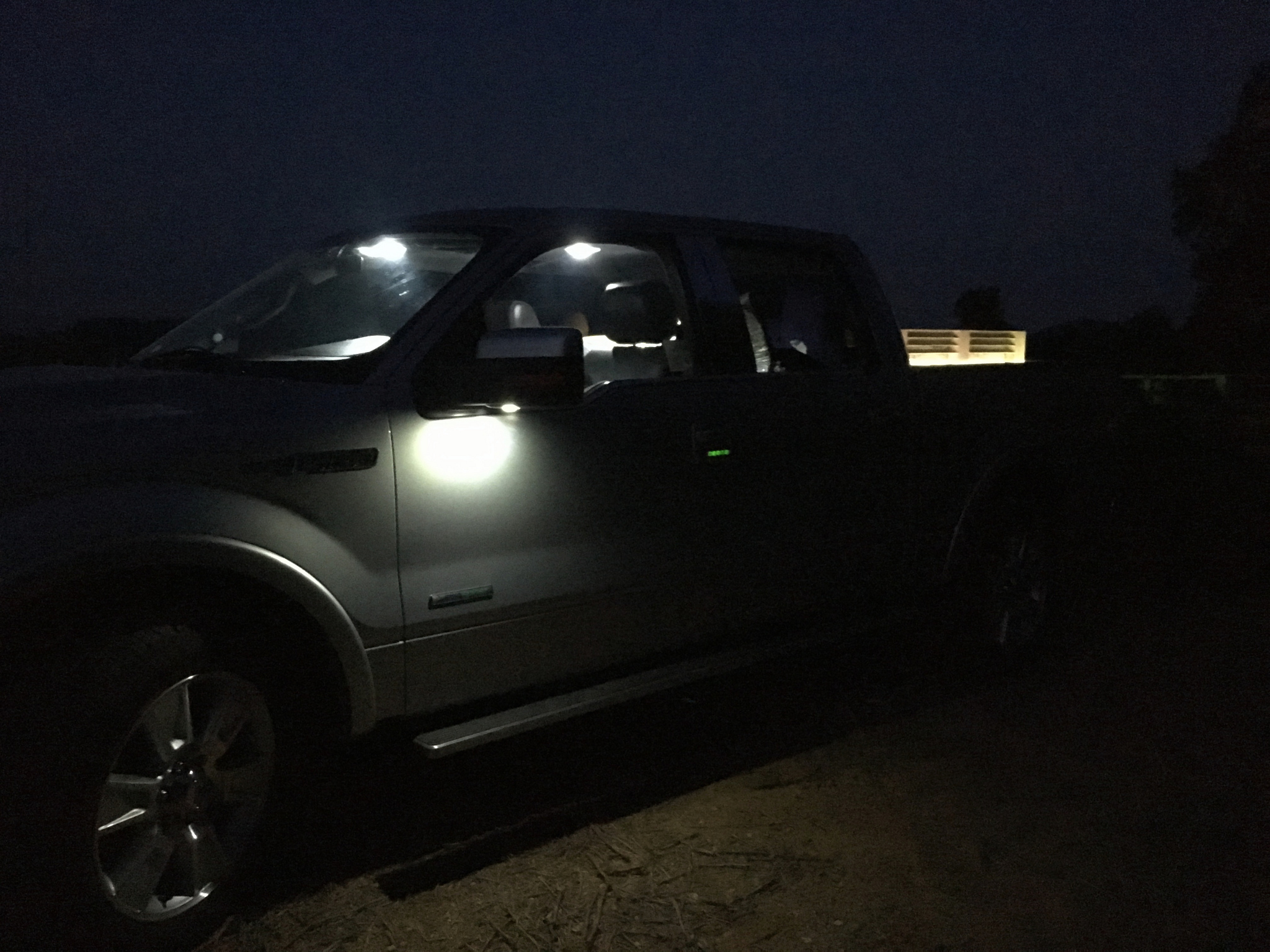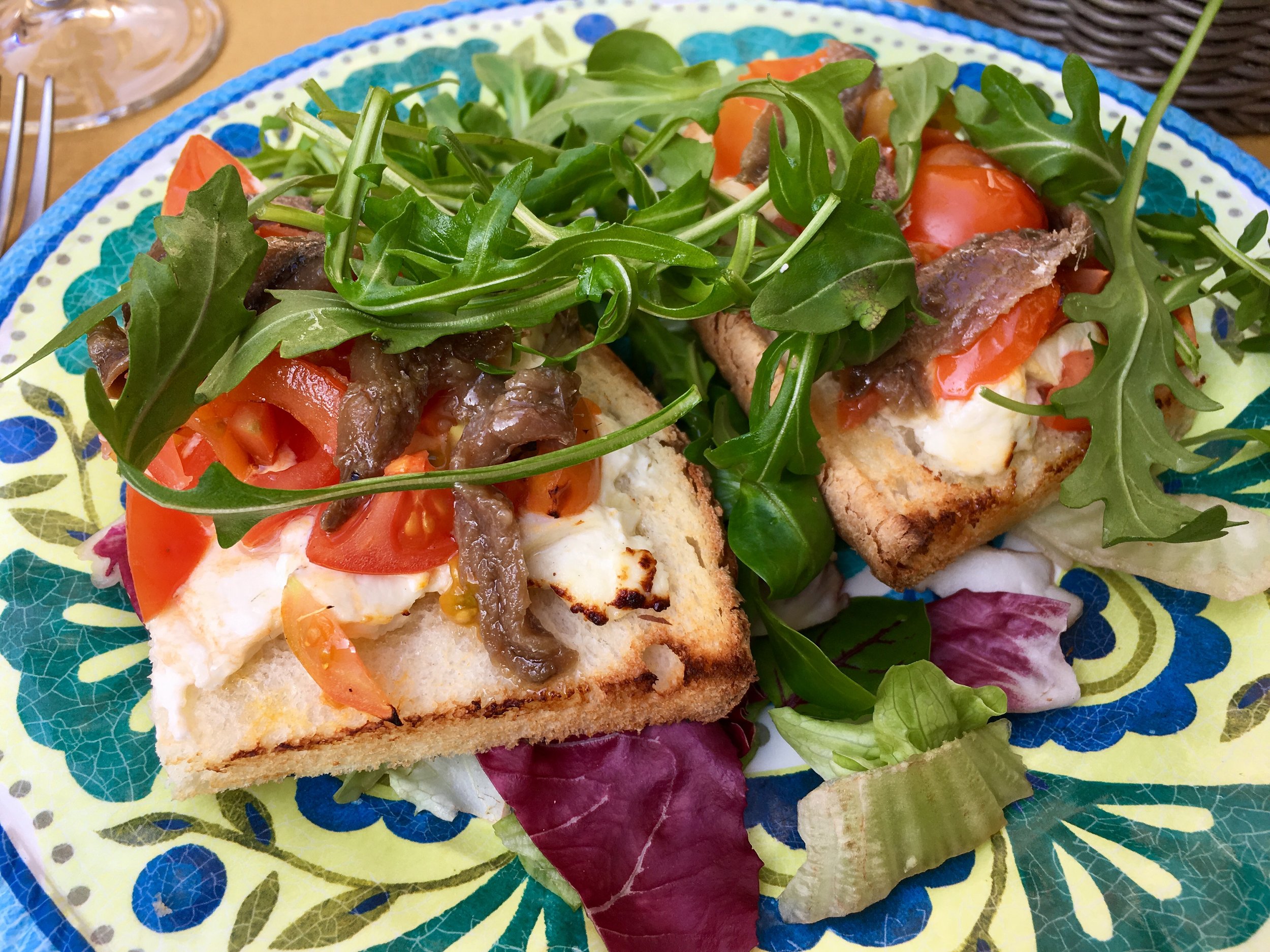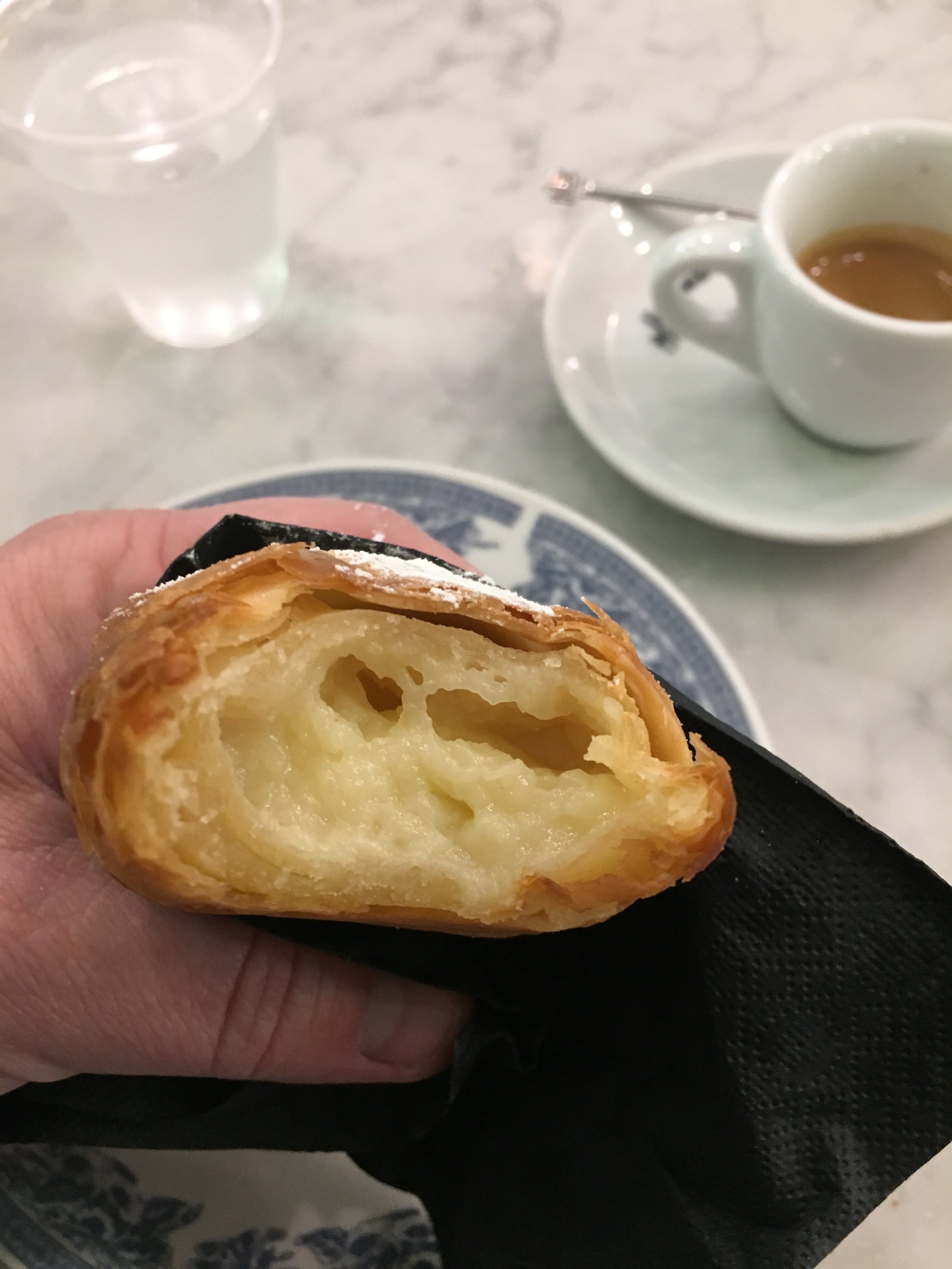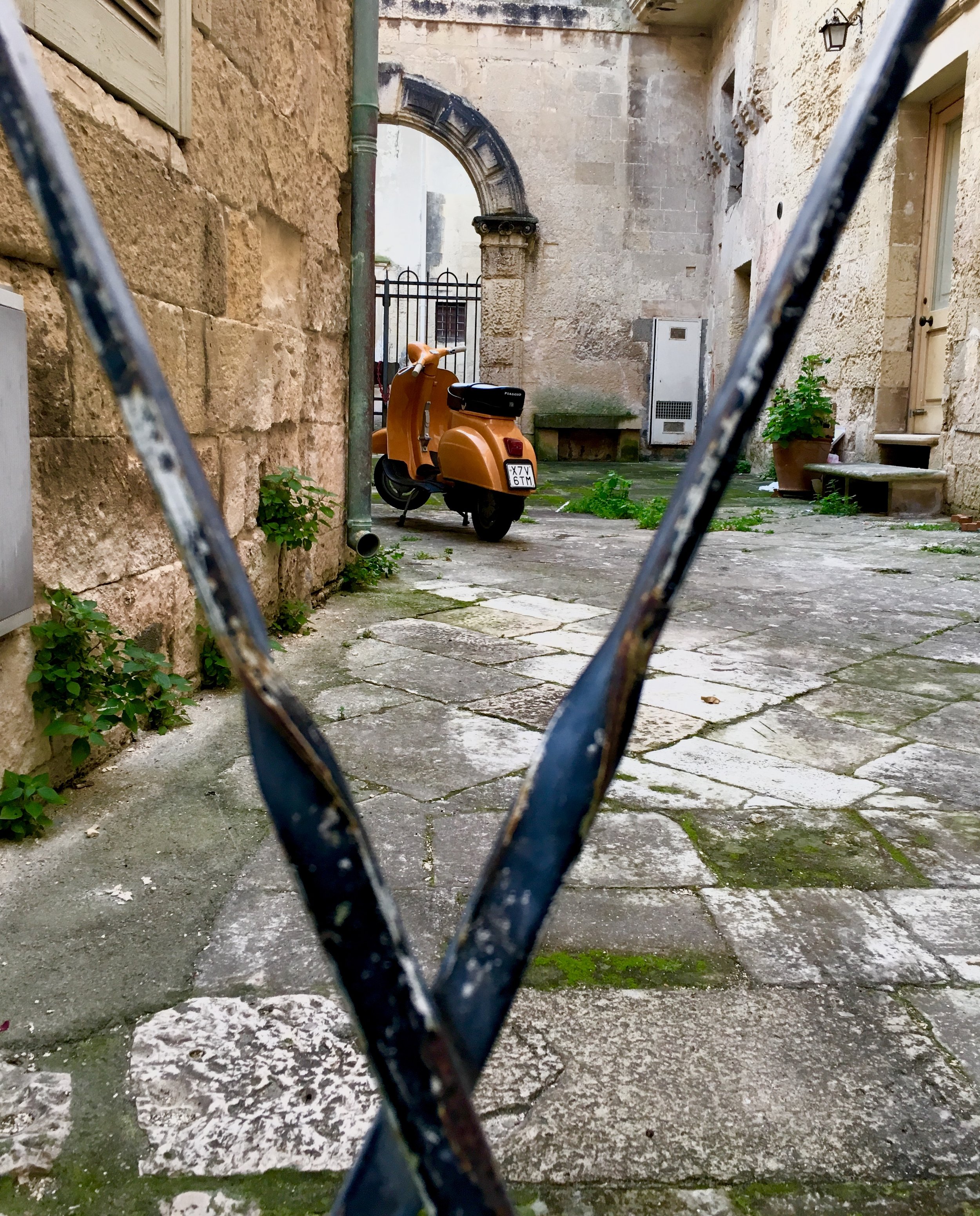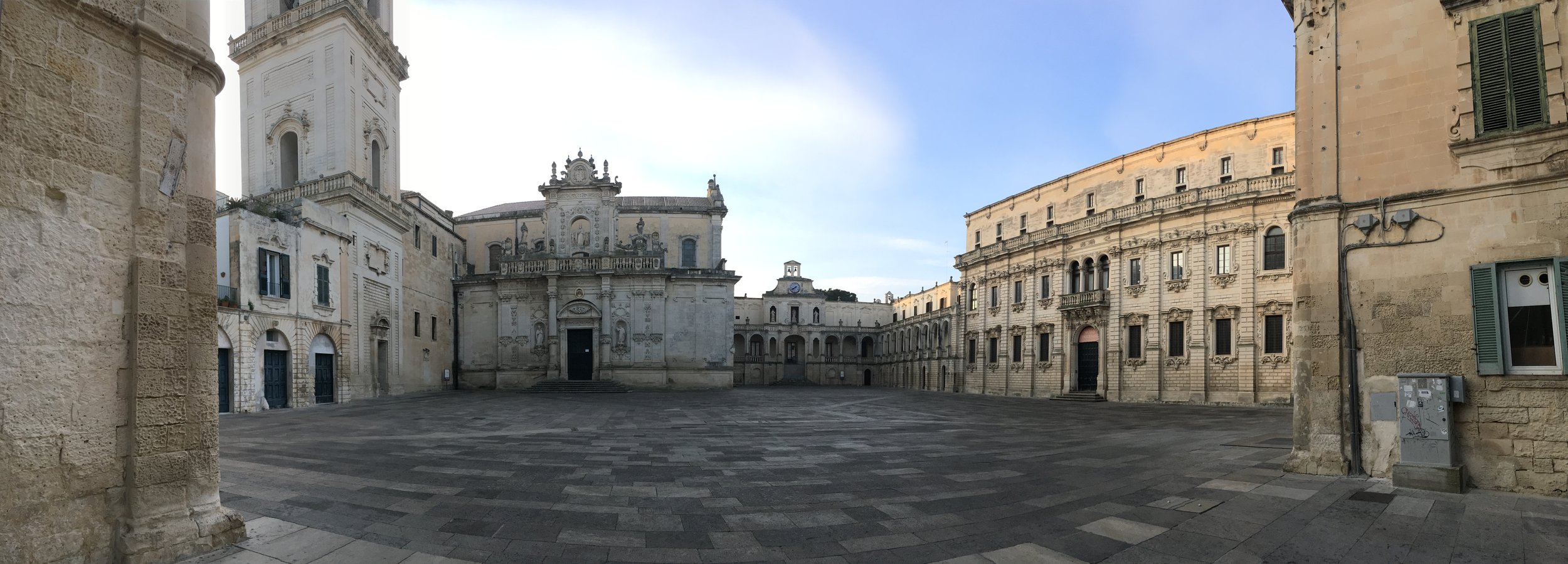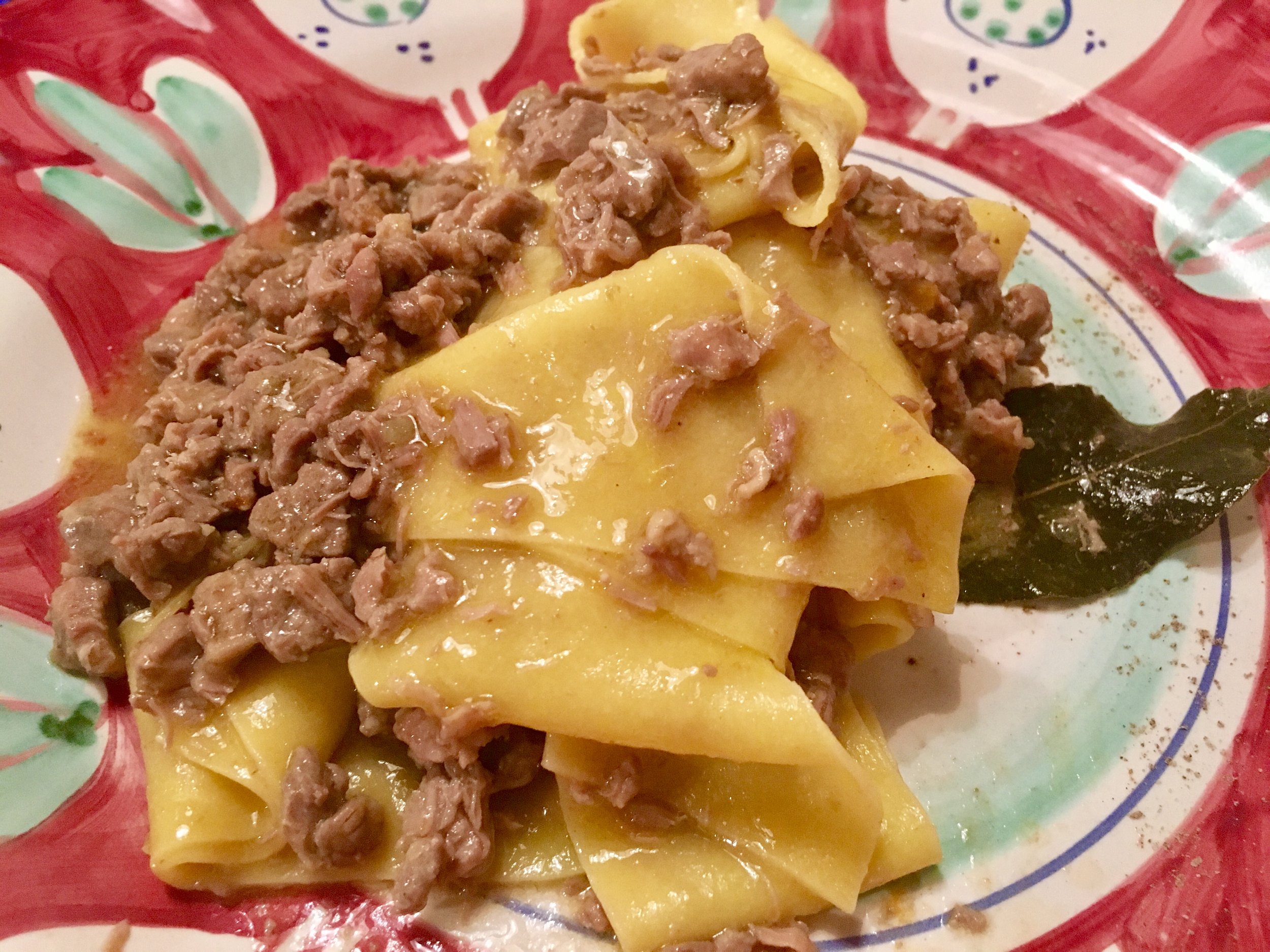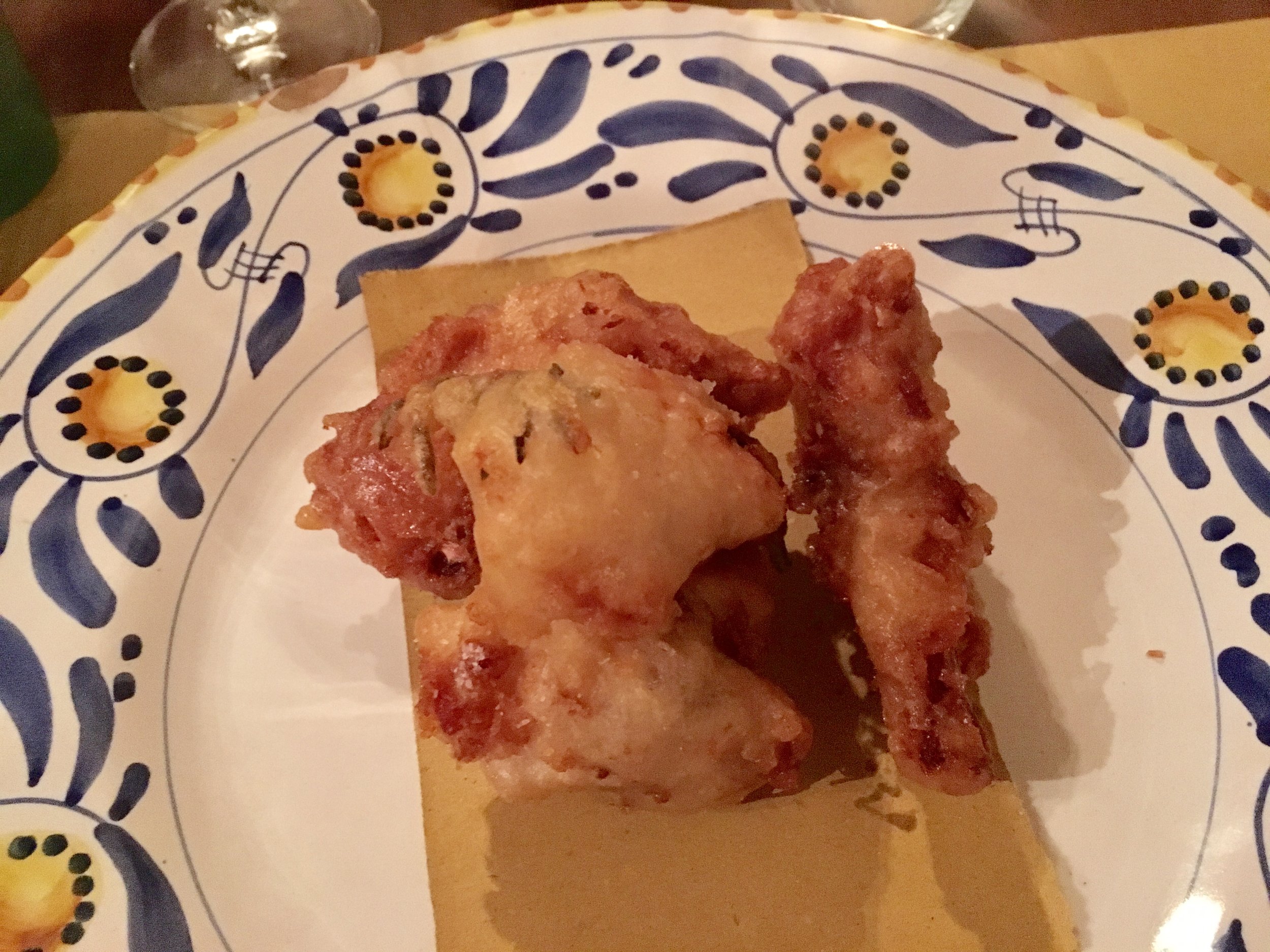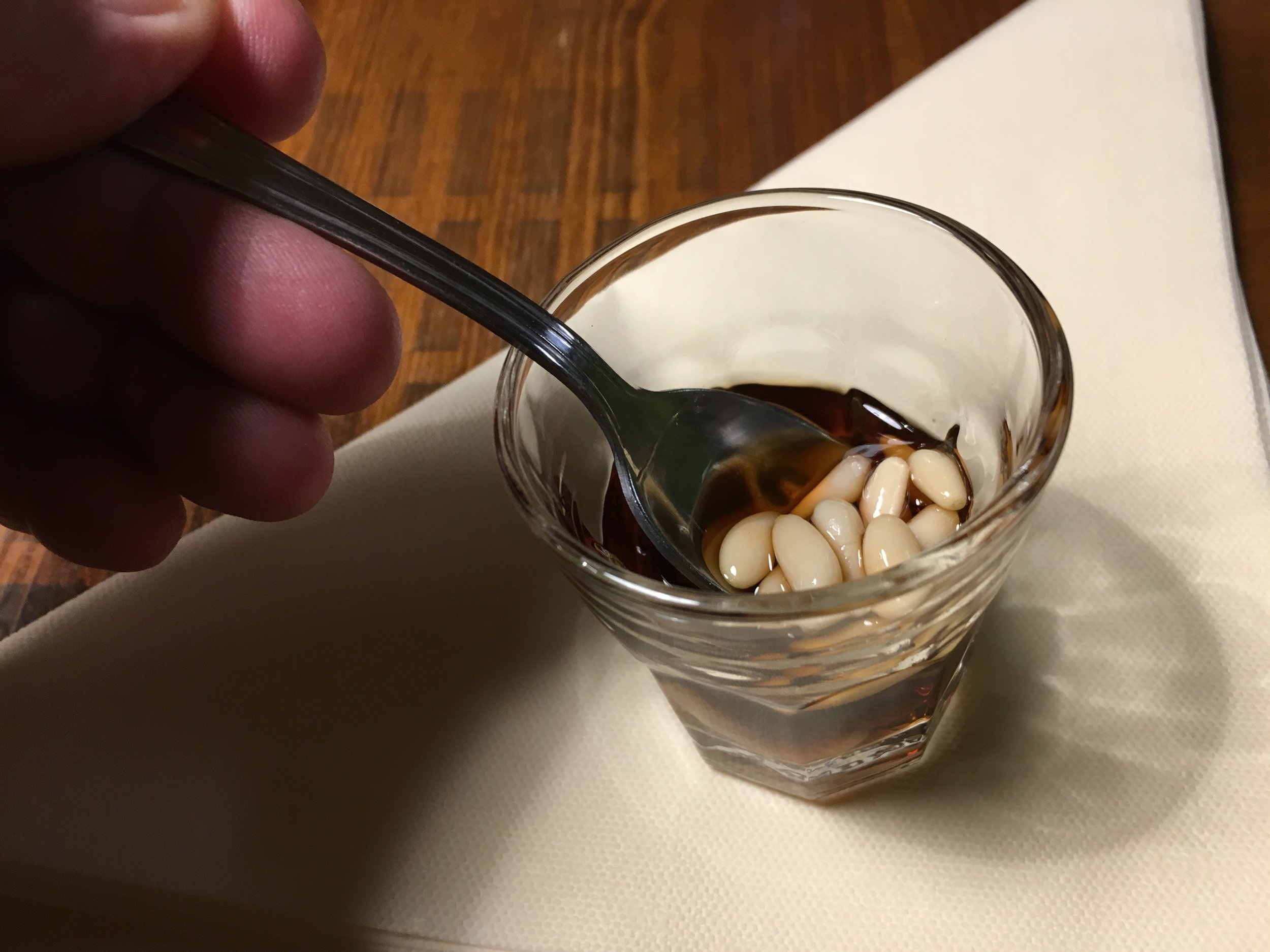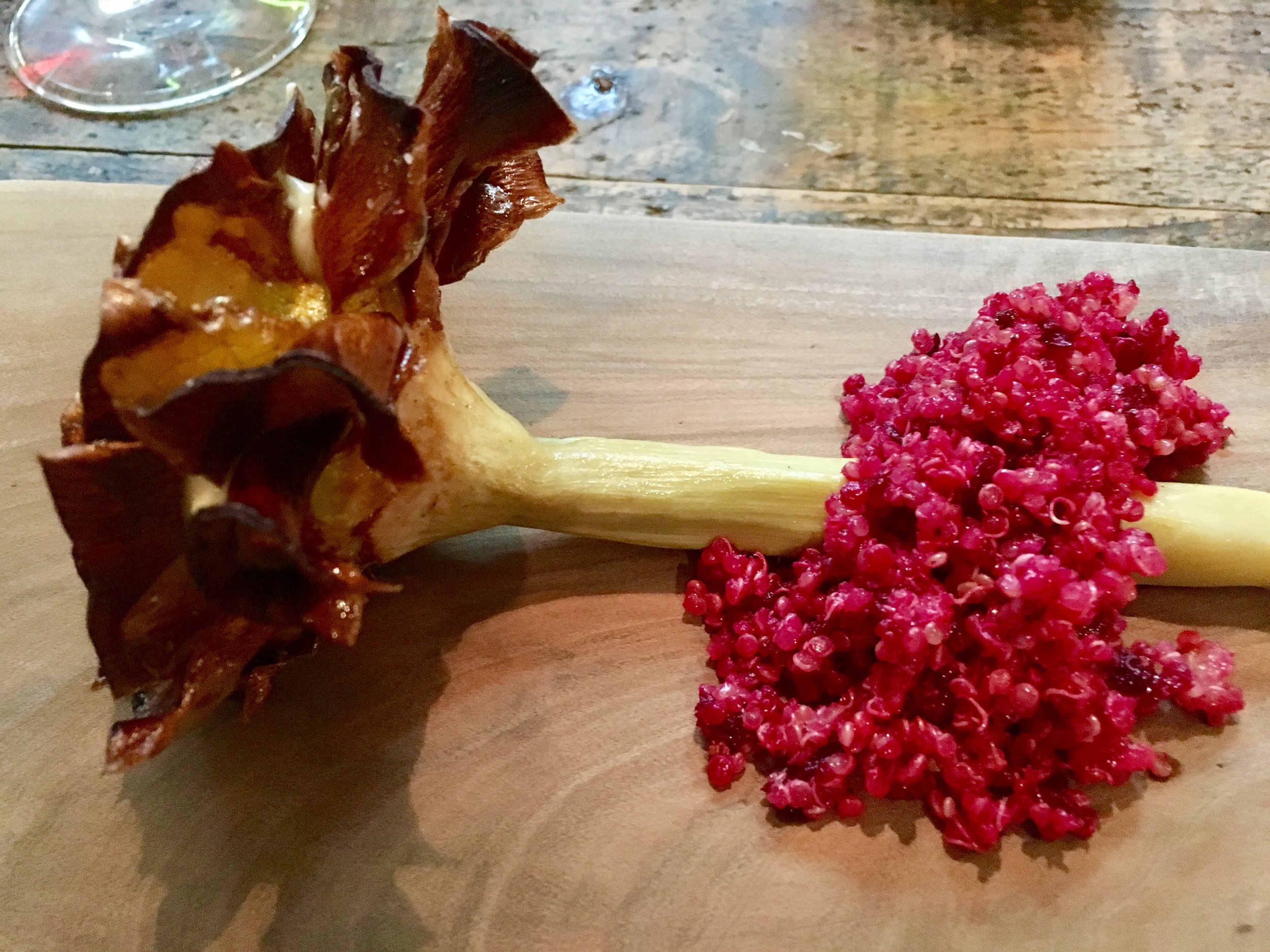Just a quick update and new recipe item for those interesting in pairing my 2017 Zinfandel. The 2017 Zinfandel, Lencioni Vineyard, Dry Creek Valley is dry farmed with a ton of blackberry fruit all over this wine, which is typical considering the location and the wild blackberries that grow everywhere. 2017 was a hot year, but we got the fruit off in the first couple days of September, so I'm not getting any cooked or raisin fruit flavors, but a lot of ripe black fruit. BBQ will be your friend here. Grilled meats would be a second choice, lamb to pork and everything in between. Certain types of complex sauces like mole’ and Hoisin will work well.
New York, New York Steak
I just ate 10 steaks in one hour!
Recently, I was asked to evaluate 10 different cuts of steak from two different beef suppliers for an upcoming restaurant opening. All of the beef was Certified Angus or Prime and all the steaks were prepared the same way (salt and pepper over a flame grill) by chef Tommy Chavez. I paired each steak with three of my wines, 2014 Cab Franc, 2014 Superstrada (Sangiovese/Cab Sav) and 2015 RWSC (Bordeaux Blend).
What did I learn?
First, that I consumed about 3 pounds of beef! More importantly, not all steaks are created equally and no two steaks paired equally well with the same wine. All the steaks were delicious, as it’s difficult to go wrong with prime steaks expertly cooked, but there were differences in texture, density, ‘meaty’ flavor, chew, tenderness, and fat content.
The most dramatic difference in flavor, texture and wine pairing was a prime bone-in New York strip (Club steak) versus the prime boneless NY strip.
My 2014 Cabernet Franc and 2014 Superstrada paired nicely with the boneless NY strip. Complimentary flavors, the steak was lean and well textured, my wines integrated well with this classic restaurant cut.
Change gears to a longer cooked bone-in NY strip a.k.a. Club steak and suddenly the integration of the wine with the steak changed. The bone itself was flat and nearly 2 inches wide and covered the length of the strip, which effected cooking time. Whatever the bone and cooking time did to change the flavor profile of the steak was dramatic enough to favor a more tannic and heavy-weight wine. The Cab Franc didn’t have enough heft or tannin to hold up to the Club steak. Superstrada was good, but showed better with other steaks.
Enter the 2015 RWSC.
The 2015 RWSC is my 50% Cabernet Sauvignon, 25% Merlot and 25% Cabernet Franc from Dry Creek and Alexander Valley, with a 50% new Minnesota 36 month medium toast water bent oak and 50% neutral oak profile. Yes, I’m being very specific about my oak. Simply calling it “American oak” is an inadequate generalization.
While the 15 RWSC paired well with nearly every steak in the line-up (except perhaps the filet mignon where the wine overwhelmed the lean cut), it shined with the Club steak. This is where some combination of alchemy, meat sweats, and badly needing a plate of fries might be affecting my palate, but it was an enlightening moment in the tasting. How could one wine and one steak pair so well together? Why is this pairing so outstanding? This isn’t just me bragging about my wine. I’m sure other wines would have paired wonderfully, but in that moment, with those selections, the RWSC shined bright.
Next time I’m asked to evaluate steaks, I’m bringing more wine.
Maestro Meme Monday
Alliteration and Memes are fun to use, so the Maestro Meme Monday was born.
You may have noticed some self-depricating humor recently on the Mastro Scheidt Instagram account, depicting me and my father in some photos over the last few seasons. What often makes a meme funny is that the meme is true. I can tell you for certain, the phrases and expressions in these memes are true and have been thought about or said aloud.
We hope you enjoy them throughout 2018, every Monday, for Maestro Meme Monday.
Where can I make natural wine?
You want to make a natural wine? Good. But where are you allowed to make it?
I make a few natural/low/no intervention wines each season. One of my more popular wines is Sangiovese. It will typically (because nothing is typical in a native ferment) start native fermentation within 24 hours of being destemmed. After fermentation and press out, the wine is placed in clean (steam cleaned), neutral oak for a period of between 9-20 months, where it will be racked once, regularly topped and minimally sulfured during that time. That’s it.
Sangiovese was the first native fermentation I ever allowed to complete. I was scared to have a native fermentation go poorly or just plain bad. As a boutique winery under 2000 cases, I can ill-afford mistakes for such a substantial part of my winemaking program. Throwing away 5 tons of fruit is simply not an option for me.
Are you new around here?
Suppose you’re a new winemaker in Sonoma County who would like to make a natural rose’, white and red wine. You have your vision and your manifesto for making a great natural wine. You want to use ancient fermenting vessels like amphora, egg shaped fermenters, and 500 liter wood barrels. You want spontaneous native fermentations and in-barrel malolactic fermentations.
The boutique winemaker has three choices:
1. Make wine at your own facility (lucky you that you have all the equipment)
2. Make wine at a custom crush facility (Alternating Proprietor Type 2)
3. Make wine on the side at the winery you probably work for (You probably have a nice employer)
A brief break during Harvest 2017 of dry-farmed Cabernet Sauvignon in Dry Creek Valley
Everyone has access to a concrete egg fermenter, right?
The debate about natural wine often misses the point of what’s practical in making, storing and maintaining the actual wine in a modern custom crush facility, (aka a facility you don’t own and make wine with as many as 40 other winemakers). As a winemaker with a Type 2 license I am an alternating proprietor at the custom crush facility and abide by the rules of the host facilities wine making protocols or suffer the consequences. For instance, I can't operate the forklift or bring in barrels that have tested for brettanomyces.
Here’s a quick list of 5 things you might want to know about custom crush facilities before you embark on your natural wine journey:
1. Regularly testing of oak barrels for brettanomyces and volatile acidity by the cellar master. The Cellar Master may remove barrels with unacceptable levels or not allow used barrels you’ve purchased into the cellar. Consolidating your natural wines into a single facility for bottling and efficiency may be stopped at the door after laboratory testing because your existing bulk inventory may have unacceptable levels of VA or brett detected and are rejected by the cellar master. Unacceptable levels may be determined by the custom crush facility, not you. Remember, there may be other winemakers in the custom crush that don’t want any hint of brett in their wines.
2. Does the cellar master use a combination steam/ozone/SO2 to clean their barrels and yours before filling them? Standard protocols in many custom crush facilities require monthly monitoring of free sulfur levels in finished wines and regular sulfur (SO2) additions to finished wines in barrel. Topping schedules are completed monthly.
3. Access to amphoras, concrete cone fermenters, large format exotic wooden casks or other non-standard fermenters. The facility may not have use or budget for less common fermentation vessels. As the start-up winemaker, you may not have the budget to buy your own less common fermentation vessel, therefore, you will use standard plastic macro bins for small lots. If you buy your own fermentation vessel and use it at a custom crush facility, who holds liability for the proper care, use and potential damage to a concrete egg or clay amphora?
4. Extended macerations on white wines take up tank space, add time and labor costs to production
5. Gravity feeding wines without the use of a pumps takes more time, which means more labor and not all facilities are built for “100% gravity fed” wines.
Just some food for thought for those considering the natural wine route.
The Shameless Winemaker
Winemakers the world over can write manifestos and mission statements until their heads explode, but in the words of Mike Tyson, "everyone comes into the ring with a plan, until they get hit."
So imagine getting hit with requests from consumers to add lemon lime soda to your wines? Sound crazy? It's not. In fact, it happens to me at nearly every large event.
How about a wine glass filled full of ice for a $50 Cabernet? It's happened. Not everyone lives in a cool climate. Take my hometown, Fresno, California. It gets hot, real hot, in summertime, 110 degrees hot and it 'cools' down at night to 92 degrees around 11pm. Who wants to drink Cabernet for dinner? Virtually no one.
People pay good money for my wines at tailgates, festivals, events and parties throughout the year. As much as I like my wines without residual sugar or sweetness, not everyone does. What's the easiest way to add sugar to a finished wine? Add your favorite lemon lime soda. What's the easiest way to cool down some wine? Add ice.
I now come equipped with both Lemon Lime soda and a couple bags of ice to almost every event I participate in and I'm making more people happy.
Listen up winemakers, we all have a plan, until we get hit.
New Release Rose of Sangiovese and The Hunter White Wine
2017 Rosé of Sangiovese was created using the saignée method, a technique whereby I drain off juice from the main body of the Sangiovese crop, which has had skin contact for a 24 hour period. The resulting juice for this Rose is light pink in color.
The juice was placed in last year’s Sangiovese barrels for primary fermentation for 14-60 days and stirred twice on the gross lees. The wine was then racked off the gross lees and returned to barrel, where it was stirred again twice, or bâtonnage, adding texture to the wine. The wine was allowed to go through partial secondary (malolactic) fermentation. The result is pale pink in color, with a bit more depth on the palate due to barrel fermentation and the partial malolactic. The wine was fermented dry.
The Hunter 2017 is a classic Bordeaux inspired white blend. The backbone is all Semillon adding structure and notes of grapefruit and melon to the blend, without any unripe flavors. I'm personally not a fan of grassy Sauvignon Blanc, so the remaining 20% is ultra-ripe Sav Blanc to lend tropical flavors to the finished blend. Added complexity comes from barrel fermentation in neutral French oak.
For those that want all the technical specs The Hunter and Rose of Sangiovese
New Releases and Sold Out Wines
A few updates after a busy fourth quarter:
Sold OUT
2015 Sangiovese, Sonoma County
2015 Sangiovese Vecchio
2015 Cabernet Sauvignon DCV
Allocated (Contact me Directly)
2014 Signature, Cabernet Sauvignon, Dry Creek Valley
2014 1TL, Cabernet Sauvignon, Mill Creek Road
New Release
2014 Cabernet Franc, Sonoma County
2016 Sangiovese, Sonoma County
2016 Cabernet Sauvignon DCV
2016 Zinfandel, Sonoma County
2015 Pinot Noir, Sonoma County
Expected Release
2017 Rose of Sangiovese, February 14, 2018
2017 The Hunter, White Wine, February 14, 2018
2016 Sangiovese Vecchio, June 2018
Happy New Year! Here's to a great 2018!
The Road to Expensive Non-Vintage Red Wine: Thanks Penfolds!
I’d like to take this opportunity on behalf of all winemakers to thank Penfolds for making a non-vintage red wine and charging $3000 a bottle for it.
Winemakers around the world have been greatly anticipating charging $3000 a bottle for non-vintage red wine.
An American example of non-vintage wine, the Mastro Scheidt Jug! It only costs $39 and it's nearly 1.89L. You should buy some.
$39 or $3000?
Oh wait…I have been doing it for years. It's called The Jug (yep, that's the label above. It's good wine. Really good). I've been combining vintages to make a consistent blend for over 5 years now, but not charging $3000 for the bottle. Stupid me. I charge $39.
When winemakers combine vintages like they have at Penfolds, it becomes a non-vintage wine, generally regarded as inferior by critics for still red wines. Unlike port and champagne, which are regularly blended across multiple vintages and considered a mark of quality, blending red wines across vintages has long been considered the practice of corporate wineries using 1 gallon and up packaging.
Super Blend or Just Red Wine?
Penfolds of Australia produces the world famous Grange by blending Shiraz (Syrah) with some Cabernet Sauvignon (in most years). A long heralded wine and deservingly so. With the G3, they’ve taken a long held philosophy of Aristotle, that the “sum is greater than the parts”, combining three vintages of Grange together in a single bottling, or as Penfolds called it, “a super-blend” and thus, charging more than any single bottling would cost.
From my own experience blending wines from multiple vintages, the “super-blend” of wines can be beneficial in a few ways. First, a young wine lacking depth and structure is given a boost from a wine that is older, as the older wine has had time to mature. Secondly, the older wine is ‘refreshed’ by the younger wine with more vibrant fruit and freshness. Thirdly, if the wines have been on new oak, the interactions between the wine, oak and time, depending upon the oak origin, can have a whole combination of various results on the finished wine that add a layer of complexity not otherwise derived from the wine itself.
A true test of greatness would be to try each individual vintage of Grange that comprise the G3 super-blend; 2008, 2012 and 2014 side-by-side with the G3. That tasting would cost just under $6000, if you can get your allocation of G3. I’d love to taste it.
I raise my glass to Penfolds and offer a toast to them for getting $3000 a bottle for a non-vintage Shiraz. May we all be so lucky.
Now go buy my Jug for $39!!!
Dirty Jobs, Wine Making and Sausage
I talk about the dirty job of making wine every season. Other than people in the wine industry, no one else sees all the stuff that gets cleaned every day with brushes, pressure washers, hot water, acidic and caustic liquids. All the public sees is a bottle with a cork in it and a really good looking winemaker (like me) pouring it.
Good looking winemaker...David Scheidt
Behind the scenes of the dirty job of wine making 2017.
After 5 tons of grapes are destemmed, this is what the machine looks like
The shaker table is a tool for sorting grapes. Look at all the debris around the table.
Every nook and cranny must be cleaned after grapes are processed
More debris and MOG, Material Other than Grapes
These jeans will never be blue again.
Compost and more compost of stems and bad berries
Green grape leaves are unwanted and are picked out in the vineyard and the crush pad
Someone has to get in these tanks to shovel out all the must for press loads
Sluggish fermentation? No problems. Adding some still active lees will help finish things off
The natural wine of Lencioni Vineyard in Healdsburg
Lencioni Vineyard: Ever since my first vintage in 2007, I have used minimally farmed Lencioni Vineyard Cabernet Sauvignon in Dry Creek Valley. I’m going to use the term minimalist or natural to describe what Lencioni Vineyard is and it's typical of small farms in Sonoma County.
From a distance, Lencioni Vineyard looks like any other vineyard in Sonoma County. Rolling hillside. Beautiful view. The vineyard is laid out in clean rows, the Cabernet has a wire set up, the Zinfandel is head trained and there are remnants of the old drip irrigation system in place from 35 years ago. No water has flowed through those drip lines in 27 years.
Minimalist, Feral, Natural or Wild?
It’s the up-close and personal view, walking each row, inspecting each vine that changes your perspective from bucolic vineyard to individually wild vines.
Lencioni vineyard is ‘feral’ for lack of a better term, or perhaps ‘natural’ since that seems to be a term being used more widely in the wine business these days. The rows are difficult to walk, as thorny blackberry bushes are everywhere. Some vines are long gone, dead, forgotten. The occasional poison oak plant shows up from time to time, right next to a grape vine. The vineyard is in some places terraced and undulating and rarely ever flat due to the once, sometimes twice a year tractor work.
Two things happen in the vineyard each year, the rows get disced and the vine gets pruned. That’s it. Nothing else. No sulfur has been applied on these vines in over 10 years. No soil amendments, no cover crop (unless you count blackberry bushes) and most of all, no human applied water. Only Mother Nature provides water.
With this minimalist approach, in 10 years I’ve never seen mildew or rot. The birds don’t eat the grapes. I don’t see bugs or pests. No deer or wild pigs. And without a single drop of pesticide, fungicide or foliar spray, the vineyard survives.
The Wabi - Sabi of the Vineyard
I recently highlighted the struggles micro winemakers, like me, have with small farms, irregularity in harvests being one of them. In 2011, a wet and tempermental year in Dry Creek Valley, I had zero crop from Lencioni. In 2012, regarded as a great, near perfect vintage, I received over 6 tons of fruit from the Cabernet Sauvignon vineyard, the most I’ve ever received. Since the banner year crop of 2012, I’ve seen decreasing yields each year. In 2017 I’ll have harvested less than 1 ton of fruit from the Cabernet vineyard.
Working with the minimalist Lencioni Vineyard is indicative of what micro winemakers, like me, experience; high quality, pure expression of fruit with an unreliable yield and fickle vineyard management, near textbook example of the Japanese philosophy of wabi-sabi. It's strange to hear the words unreliable and fickle in the wine business; we're conditioned to hear perfect and dependable. Working with small farms is anything but perfect, but in that imperfection is beauty, the beauty of the fruit in the final wine.
What's Love Got to Do with It?
It took one full week of labor to pick 2 tons of fruit, Zinfandel and Cabernet Sauvignon in 2017. We started picking September 1 for Zinfandel and September 5 for Cabernet. The vineyards are spread over 4.5 acres. It’s a pain to pick. It’s pure labor. Love has nothing to do with it. Paid crews don’t want to work it. The fruit is scarce, so hourly labor, not by-the-ton, is how crews got paid in the past. This year, I paid myself to pick it. Let’s hope that I can persuade someone to disc the vineyard a couple times in 2018 and get someone, other than my family, to pick Lencioni Cabernet and Zinfandel in 2018. Picking isn't easy, but like an old climbing buddy told me, "picking was easier than climbing the Eiger:" True.
The upside, after all this labor to pick such a vineyard? The fruit is delicious. The wine I make from Lencioni is intense, beautiful, colorful and full of character. I don’t need to do much of anything to it, as heartiness in the vineyard translates into heartiness on the crushpad and full-flavored wine in the bottle. The 2014 Signature is currently released and is 100% Lencioni Vineyard. The wine was completely on used barrels in 2015 and 2016 and will likely be released under my Signature label sometime in late 2018 and 2019 respectively.
Micro Winemakers Under Threat
Jon Bonne’s book The New California Wine gave voice to many winemakers. He wrote more recently in PunchDrink, questioning what the future looks like for winemakers such as me.
You can’t make a living on 500 cases.
Winemakers who are adaptable, not doctrinaire have the greatest chance for success. The trouble is, if your hit eclectic varietal is limited in acreage or is planted in a distant part of the state, how does a New Californian style winemaker follow up their big local winemaking hit if their resources are limited to 2 tons or roughly 100 cases? Or even 500 cases? You can’t make a living on 500 cases.
The next generation of start-up winemakers will have to have a portfolio of adaptable skills, both boutique and industrial. Winemakers have to be well versed in wine style, interventionist and non-interventionist, what sells to distributors, direct to bottle shops, sommelier driven restaurants and in the tasting room. The approach is practical, not dogmatic and not out of step with some of the winemakers in New California. Defining the terms natural and industrial seems to be the hottest topic in wine making these days, when only 5 years ago wine making was all about balance, as in pursuit of. How will natural be re-defined in 5 more years? How will the broad California appellation evolve?
Cabernet in Sonoma Vs. Barbera in Mendo
We as winemakers have to be both aggressive and flexible in simply finding fruit. I can find Cabernet in Sonoma County pretty easily if I can afford it. But I can’t find Sangiovese and Barbera, at least not at the price I’d like. I could go to the Foothills, but good luck if they deliver in 2 ton lots to Cloverdale. I could go to Lake or Mendocino County for a couple tons, but I’ll have to pick it up and prices aren’t $500/ton any more for small lots. Try closer to $1500/ton and many growers won’t sell 2 tons lots.
A wine sold at $25/bottle full retail is not a sustainable model for a stand-alone winery if the fruit alone sells for $2500/ton, not including crush fees. $2500 per ton and higher is not uncommon for many varietals in Sonoma County, my backyard. Winemaking can work as a side-hobby, but not as a self-sustaining business with a 500 case production, so don’t quit your day job.
Sure, there are pockets of small vineyards in Dry Creek and Alexander Valley looking to sell to “home winemakers”, but fruit quality and consistency can be painfully erratic. I know; I purchase from small farms every season. As winemaker, I have to be part time vineyard manager and viticulturist.
Mechanization
Lodi is already dealing with lower yields on old-vine Zinfandel and increases in labor and facility costs. Much of that planted acreage will sell to the highest bidder or simply be torn out and replaced with younger, more vigorous varietals and planted for mechanized harvesting. Recent articles show the increasing economic concerns of growers dealing with decreasing yields and increasing labor or skills costs. Mechanization is here and is growing.
There was (past tense) a wave of New Californian winemaker using forgotten varietals at cheap prices. Now, everyone is using them (again). Unfortunately, those varietals are more expensive as demand has increased, or simply, those vines have been ripped out in favor of more vigorous and popular varietals that demand higher prices.
Small vineyards with eclectic varietals lack scale. Custom crush fees have increased from the time The New California Wine book was written. Today, with more elaborate “cooperative” spaces that require higher fees for smaller lots and minimum sizes of 10 or 20 tons crushed, not a grand total of 5 tons for a micro winery. Increases in varietal price and crush fees have squeezed margins on the entire boutique winemaking industry. Prices for Cabernet and Sangiovese are going up, not down, in premium wine growing regions.
As a winemaker, I make natural wine from a less popular varietal, Sangiovese. I also make a full-flavored Cabernet Sauvignon with plenty of new oak. I exist in four worlds, the natural and the industrial, the non-interventionist and interventionist. I even have a winemaking manifesto ascribing to a particular belief, Make Great Wine from Great Grapes! I’m a winemaker, playing the hand dealt to me by each season’s harvest and always thinking about the future.
I AM the New California winemaker and proud of it.
Fires in Wine Country
Last week has been devastating for many in Sonoma, Napa, Lake and Mendocino counties. The fires are ongoing and are in various stages of containment. This is a fluid situation and work is being done around the clock by brave fire crews and first responders to control the fires. This was a picture of the Pocket Fire with air support dropping fire retardant, taken October 12, not far from Mastro Scheidt Family Cellars crushpad location just north of Geyserville, in Alexander Valley.
Photo courtesy of local resident and friend, Jessica Brazil.
Here's a link for daily updates on the wine country fires
A growing number of friends and colleagues have had their property destroyed by fire. I mourn their loss. Many of you have asked how you can help victims of the fire. Please support your charity of choice. There will be many months of rebuilding and your support is critical to those efforts today.
Mastro Scheidt Family Cellars has been extremely lucky in that the winery facility located just north of Geyserville and to the west, is undamaged and currently out of danger. No vineyards that I purchase from have been affected by fire. Our cased goods facility located near the Santa Rosa Airport, is currently unaffected. Additionally, the entirety of the 2017 harvest was either in barrel or in tank as the fires started. There is no risk of “smoke taint” from Mastro Scheidt wines from the 2017 harvest. I am thankful for each and every one of you who have emailed, texted, called, and messaged me personally to ask about my safety.
The wine country is a strong community and will be rebuilt. #sonomacountystrong
David Scheidt | Owner and Winemaker
New Vintage, New Closure
Like many wine makers and wine drinkers, the belief that “cork is best” for all wines is a conceit. As I’ve grown in both experience and case production over the last ten years, natural cork is not the only wine closure in the marketplace.
I made the jump to screw caps several years ago upon the introduction of my Jug program. No one seemed to mind that I used a screw cap for a growler of wine. In fact, the screw cap fit the image of the wine and the growler package.
The next use of screw caps were for more traditionally bottled wines, the classic Bordeaux styled 750ml bottle that has had wide success in restaurants, delis, and grocery stores. The wines are typically served by-the-glass and easy to open and close in restaurant settings or purchased for nightly home consumption with a wide array of foods. I’ve increased production in the screw cap category, so I don’t see that screw caps have been perceived negatively by consumers.
Natural cork and the Diam technical cork
The most recent evolution in packaging is the technical cork. Nearly 100% natural cork, the closure is guaranteed to be free of “cork taint”; whereas traditional cork cannot make the same claim. Secondly, technical corks have been engineered to allow oxygen through the closure over time, similar to traditional cork, which allows for micro-oxidation of the wine, a beneficial characteristic for age worthy wines like Cabernet Sauvignon. Thirdly, you pull the technical cork with the same traditional corkscrew; no special equipment needed.
What crystalized my decision to move to technical corks was an experience I had with a restaurant customer of mine. I was pouring a flight of wines for spring and summer at a restaurant in Fresno. When the owner and I got to the second wine, we both knew instantly the wine was corked. Not good. I’m embarrassed and the wine, even if he wanted to pour it in the restaurant, couldn’t be evaluated properly and therefore wasn’t chosen as a finalist.
As I’m looking to innovate where I can, I made a partial transition to technical corks with some of my 2015 wines. The main reason for me transitioning to technical corks was zero cork taint. Imagine buying one of my wines for $50 only to open the bottle and find the smell of wet cardboard. Disappointing. With technical cork, having a wine damaged by cork taint is not a possibility. With my 2016 vintage, I should be 100% screw cap and technical taint free cork.
It was a big decision to move away from traditional cork. I like the history, tradition and nostalgia of traditional cork. But from a customer viewpoint, the remote possibility of having a flawed bottle of wine because of cork taint in the 21st century isn’t nostalgic, it’s unacceptable.
Look for the new corks in my 2015 RWSC label, Superstrada 2015, and Cabernet Franc 2015.
Harvest 2017, Mid Season Report
Every indication, leading up to harvest in 2017, showed a gradual ripening schedule, perhaps 7-10 days behind 2016. Fruit quality looked good, with some vineyard concerns of powdery mildew. Canopy growth was vigorous, fruit set was good. Yields in some vineyards were lower than expected, but healthy vines from all the rainfall.
Personally, I’m happy to have high quality, low yield, if there has to be some trade-off.
Lencioni Vineyard Dry Farmed Cabernet Sauvignon
The gradual and stable weather gave way to hot temperatures beginning the end of August and came in a couple waves. 100+degrees in Healdsburg on 8/26, 27, 28 with an overnight low on the 28th at 56 (which helps); as Dry Creek Valley behaves differently than Alexander Valley, the fog lingered a little longer in Dry Creek Valley.
Then the real heat came and the morning fog disappeared.
August 31 through September 2 saw 110 degree temps in Dry Creek Valley with the crushpad up in Alexander Valley at 119. Overnight lows were in the high 60's. We “cooled” down to 104 on Sept 3 and 90 degrees on Sept 4 with a bit of humidity and a thick haze throughout Alexander and Dry Creek Valley.
So what did all this wild weather mean to Mastro Scheidt Cellars?
All hands on deck at Mastro Scheidt...it was 110 degrees that day
It meant all hands on deck to pull my dry farmed feral Lencioni vineyard grapes off as soon as possible! 100% hand picked and sorted means you don’t take raisins. Hand-picked also means you start early and finish early because it’s hot, real hot and you don’t want the fruit fermenting in the vineyard if you can help it.
And then, strangely enough, on 9/7 there was precipitation early morning and up through 11am. Not a light rain, but real rain. On 9/13 the rain came again and dumped pretty good in the morning and the sun never came out, maybe a high of 70 at the crushpad.
Cabernet and TL can handle the rain. They're both tough
There are still a few things to bring in before the season is complete and the steady weather pattern is back in effect. But who knows, the sooner I'm off the vine the better.
The Hunter, 2016 White Wine
Mastro Scheidt releases The Hunter, 2016 White Wine
While technically not a drought year, 2016 offered abundant sunshine and warmth through the growing season. Yields were up over 2015 and about on par with 2014. Setting pick dates, we saw no complications. Several vineyards were used in the creation of this wine throughoutSonoma County.
The 2016 Hunter is a classic Bordeaux inspired white blend. The backbone is all Sauvignon Blanc adding acidity and notes of lemon cream and melon to the blend, without any unripe flavors. I'm personally not a fan of grassy Sav Blanc. The addition of Semillon and barrel fermentation in neutral French oak adds complexity and roundness to the finished wine.
I hope you enjoy this wine all Summer long. I will.
For those that want the technical specs, find them HERE.
Rose of Sangiovese 2016
Rose of Sangiovese 2016 aka The First Rose I've Ever Made!
Rosé of Sangiovese is a wine I’ve always wanted to create, as I’ve produced various Sangiovese red wines over the last several years. The wine was created using the saignée method, a technique whereby I drain off juice from the main body of the Sangiovese crop, which has had skin contact for a 24 hour period. The resulting juice for this Rose is light pink in color.
The juice was placed in last year’s Sangiovese barrels for primary fermentation for 14 days and stirred twice on the gross lees. The wine was then racked off the gross lees and returned to barrel, where it was stirred again twice, or bâtonnage, adding texture to the wine. The wine was not allowed to go through secondary fermentation.
The result is pale pink in color, with a bit more depth on the palate. The wine was fermented dry, without residual sugar.
For those that want all the technical specs you can find it HERE.
00 Doppiozero, Lecce, Puglia
Another restaurant recommended by Marco, 00 Doppiozero was another favorite in Lecce. Easy to pop in for an espresso, pastry, amaro, or light lunch. Here's the highlights.
Lunch of some of the best selection of breads I've had to date, followed up by an oversized bruschetta of a light, creamy blue cheese with bitter greens, tomato and anchovies with olive oil and some red wine of local flavor. Easy and tasty.
My Jedi Restaurant senses tell me this is a new model for Italian bar/restaurant/cantina in Puglia. It's open all day starting at about 730am, they do not close until midnight or 1am. You can buy a bottle of wine to take home at a discount to the dine-in cost. You can grab a espresso. You can buy bread. You can buy cured meats to take home. You can order at the counter or order at the table. You can have a full, sit down lunch or dinner (at 12 noon or 6pm), or you can do the Italian thing and have apertivo and sip Spritz and nosh on goodies.
I've popped in for an Amaro, a coffee, a pastry on different days at different times. I like the access and the quality. I was even greeted by a regular after the third visit. The breakfast croissant filled with pastry cream is outstanding. I could have eaten one each day.
When nearly everything is closed at 3pm, "00" in Lecce is open. They are open on Sunday. I want them to be open when I return here. They do close at about 3pm on Monday though, otherwise open.
Introduction to Lecce, Puglia
Lecce in southern Italy has long been called the Florence of the South. It's a trek to get down this far from Tuscany (Puglia is the heel of the boot), I won't lie about that. From Bologna by train, it's about an 8-10 hour trip depending upon the train you take and the delay factor. The nearest airport is Brindisi, about 30 minutes away by car.
I hadn't been to Puglia since my 2009 trip. I only spent a few hours in Lecce back in 09 before moving further south to the town of Ugento. I promised myself back then to return to Lecce and give the town its due. I'm very happy that I returned for Tour d'Italia 2017.
Plenty of dining options in Lecce, from fast casual to full-blown multi-course formal. I'll detail my dining experiences in the next several posts, this post represents the overview.
Art on the streets of Lecce, Puglia
Lots of pizza and good bread (00 Doppiozero) being consumed in this town. The pizza places aren't large dining establishments for sitting down, street dining is the thing around here, so an entire family will be huddled around a small table eating pizza together outside. Pizza is social, it's family, it's friends, it's take-away. It's also creative. Everyday I walked by Il Pizzicotto, Pizza al Taglio (my preferred place, thanks Marco), there was another version of pizza being displayed. I love the variety. Sure, I'm a sucker for pepperoni and cheese in the States, but it's hard to beat a truffle cheese pizza with mushrooms on a Sunday night. A word of note, Il Pizzicotto charges for its pizza by weight, as each individual piece is cut for the customer.
Il Pizzicotto, Pizza al Taglio , Lecce
00 Doppiozero bread selection, the BEST
The town of Lecce is easy to navigate within the old city. Plenty of landmarks and churches to explore. Train station is a 5 minute walk to the center of town.
Sunday's are busy in Lecce, unlike some towns in Tuscany which can be nearly shut down except for the most touristy towns. Friday, Saturday and Sunday in Lecce the streets are packed with people and nearly every bar and restaurant open. The main restaurants don't open until about 730pm, sometimes 830pm. Pizza is served in some places as early as 6pm.
Monday’s in Lecce might lead you to believe that zombies attacked the town right after you walked safely back to your apartment on Sunday night. The streets are empty. Businesses are closed and you wonder where everyone is. I've never seen anything like it in a major town in Italy, there's always someone out. Not here. So remember to stock up on food for the day, because your options are limited.
This is one of two main squares in Lecce on a Monday morning.
I look forward to returning to Puglia. I would base my journey in Lecce but would rent a car to re-explore the towns around the region.
Osteria dal Manzo, Lucca
Osteria dal Manzo in Lucca, Italy
I missed this restaurant on my 2016 trip to Lucca, they may have been closed for part of the winter. I’m pleased to say they were open for Tour D'Italia 2017.
Manzo Night 1
To start, artichoke confit and finished in bacon fat, additionally there were bacon crumbles and a small piece of bacon as garnish. A Parmigiano fonduta was at the bottom of the plate as an anchor and provided a textural contrast to the al dente nature of the artichoke. While looking back on the entire trip and the number of artichoke dishes I consumed, this rates highly on the list.
Pappardelle anatra, was a simple dish of ground duck, long cooked in broth (something I've recreated at home). While I couldn't detect any pieces of onion, carrot or celery, there was a whole bay leaf as garnish. This is no nonsense Italian food, part of the reason I love pasta so much, minimal and traditional. Pasta was silky and a bit more thin than the previous two days. A shout out to my friend Hillary in Vincenza, her dish was better. Pasta was thicker and al dente.
The tordolli in meat sauce was outstanding and I think, better than any other I'd tasted in Lucca by a wide margin. There was substance to the pasta, real depth. The noodle was al dente and a hint thicker than most American style stuffed pasta. Tordolli is a round ravioli to translate into easy to use American. Of the generic, ubiquitous tordolli in meat sauce, I found the pasta at Manzo to be a highlight.
As a second course, the classic grilled steak over greens with some lightly marinated artichoke pieces. The artichoke wasn't dressed heavily, if anything a bit more acid than oil, which was purposeful as you want acid with the steak. No off artichoke flavors when consumed with the wine. Steak was a spot on mid-rare, tender and simply seasoned. No mistakes, just wonderfully complete.
Brownie with cream. As billed by the server, dessert was an American style brownie not made from a box you picked up at Costco. Moist and chocolatey.
As an addition, Antonio, the proprietor came to the table to talk. Great guy. We spoke about all things wine, politics, food, tourism and agriculture.
Manzo Night 2
To start, Fegatini over creamed spinach with Mandarin orange. This could be one of the finest examples of wonderfully cooked chicken livers I’ve experienced. These chickens were raised right, I didn’t get a single piece of connective tissue or fiberous material in a single bite. Texture and flavor were the best in memory. The play to use a creamed spinach (I’m a sucker for creamed spinach) paired well. The addition of citrus brought the whole dish together. Great preparation on a classic dish.
Ravioli with bacon and peanuts in a light cheese fonduta. I don’t recall ever having peanuts with Italian food. Usually it’s hazelnuts or pistachio nuts with the Italians. The peanuts weren’t a focus of the dish, but rather a texture element. The ravioli were of a size and texture similar to what I grew up on, small and densely packed with filling. The bacon added both crunchy texture and salt to the dish. Overall, wonderful and I would like to recreate this dish at home.
Grilled pork with crispy potato (the potatoes were best I’ve had this trip, they were actually crispy, not sitting in a steamer tray). I’m leading off with the potatoes because I’ve had roasted potatoes several times and each time they seemed to be pre-cooked and holding somewhere in a steam tray. Manzo was making these potatoes fresh, as there was only crispy golden goodness and not an once of moisture on any potato.
Manzo Night 3
Beef Tartare. Yes, I know, I’m pushing my luck like I did last year. Italian beef tartare can be boring. Light in flavor and salt and no egg yolk. Manzo’s preparation was with balsamic vinegar, which helps bring out flavor. Add the base of artichokes and a little horseradish cream on the side and this dish is a good play on tartare.
Spaghetti with a creamed spinach and nuts, not a pesto sauce, there was also some anchovy in the base of the sauce. Using what seemed to be the creamed spinach base from my chicken liver dish, it coated the pasta completely and beautifully. I was preparing something close to this spinach style sauce with arugula, walnuts and cheese back in Mammoth last year. Using the anchovy changes the sauce into something more mouth-coating and full palate than using greens alone. Also, I didn’t taste any heavy or even moderate garlic flavors as you would in pesto. It's powerful flavor would work with bretty wines, acidic white wines, and fruity reds.
Duo of fried rabbit and chicken. Each breading was different, the rabbit used rosemary and the chicken used garlic. The chicken was fried a bit longer. I liked the rabbit best. Tender, juicy white meat and the hint of rosemary. I could have eaten three more pieces. I’m not complaining about the chicken, it was just an easy second place for me, albeit, well fried and well salted.
Dessert was a no cook cheesecake, with what tasted like a mix of creme fraiche and cream cheese, maybe some mascarpone. Great crust and I think an easy dish to recreate and serve for people at a dinner party.
Wine was Bordocheo house wine, which was a bit high in acid for me this season. Certainly, the best pairing was with the duo of fried food.
Finished with Amaro with pine nuts in it.
I'm incredibly happy to have eaten at Manzo three times and look forward to my return. Thanks to Antonio and the whole crew that took care of me each night.
Eat, Drink, Repeat
I revisited three restaurants from my Tour d'Italia 2016 trip, Zeb in Florence, Zingaro in Parma, and Punto in Lucca.
Zeb in Florence
A repeat from last year's Florence trip and only because Cousin Vince and I talk about it whenever we hear anyone is going to Florence, Zeb Gastronomia is run by a mother and her son at the base of Piazza Michealangelo on the other side of the Arno.
First up, pasta. Spaghetti with shaved truffles is all about simplicity. It's all about fragrance and depth of flavors. Pasta noodles are al dente and you’ll be smelling like truffle for the next couple hours.
Tortellini with pumpkin and ricotta in a fonduta of French cheese and garnished with poppy seed. Big stuffed pasta! Flavors were good, with the tang of a stinky French cheese to round out the dish. The dish makes an impact on the plate.. It’s big and contrasting colors of yellow, white and black get people looking and since it tastes great, it’s a winner.
Rabbit stuffed with a GRIP of fennel seed, cheese and herbs (an outstanding dish of rabbit). No bones to mess with, just moist rabbit and stuffings. The outer skin was crisp texture. Flavors were deep and complimentary to the wine. I remember having rabbit in Siena back in 2009 that rivals this dish. Great flavor and I could probably do it with chicken breast, since people think eating Thumper (or Bambi for that matter) are creepy.
Dessert was tiramisu, not overpowering with coffee, liquor or sweetness. I don't know if this would sell well in American restaurants as it lacked the over the top nature of an American style tiramisu (you know, the "welcome to flavor town” American style). That said, I liked it. As the pasta and rabbit were incredibly savory, even a touch of sweetness is welcome at the end of the meal.
I haven't a clue what wines were served, as I knew better from last year that if I asked to take a picture of anything, I'd be scolded. Suffice it to say, the wines paired with each course and white and red were served.
Zeb still gets top marks for great food in a casual environment. Remember, Italians tend to eat at about 1:30, so get to Zeb when it opens as they don’t take reservations.
Zingaro, Parma
A return to the first restaurant I ate in Parma in 2016, Osteria dello Zingaro, and a repeat of what I ate last year, a plate of cured meat, pasta and a trio of horse meat (so I won't take up space with pictures). The meal was wonderful and the owner and his son were just as they were last year, proud of their food and their restaurant.
I could simply re-post the exact same blog post from last year. Everything was exactly the same and I still think the cavallo tartare with picante is a delicious version of steak tartare. However there is one addition, a sausage risotto that was lovely.
Punto, Lucca
I'll say, it was pretty cool to be greeted with a smile, handshake and "welcome back" when I walked into Punto Officina del Gusto after almost one year to the day of my first visit.
I was so impressed with the food and wine program at Punto last season, I was really looking forward to coming back. Since last year, Punto has opened their apertivo bar next door, however, this dinner was in the main restaurant.
Amuse of radicchio with tartar sauce. I didn't know what to think about this combination as in all my travels, it had never come up before. Perhaps a play on a veggie bowl with a ranch dip or onion dip. Tack it up to whimsy.
Artichoke with quinoa and coffee infused mayonnaise. Last year, I also ordered an artichoke for my first course and loved the result, this year in no different. Wonderful presentation, well prepared and fun. The quinoa add dimension and texture.
Risotto with tangerine, olive oil, Parmigiano and ponzu. Again, I repeated my risotto order from last year with the latest incarnation, tangerine risotto. The innovation here is the use of ponzu, not a typical Italian ingredient. The tangerine is not dominant, like the celery last year, I found the risotto balanced, delicate, and flavorful and a good pairing with the Pinot. Stronger flavors, bacon, beef, even poached fish would overpower the risotto. This risotto is a solo act IF you want subtle flavors, If you'd rather have this risotto in the background, I think it would pair with fish, game, or beef rather well.
Spaghetti with squid ragu and chili. Well constructed, good heat from the chili and the pasta. had good tooth on it. This dish almost seems tame for Punto. I have no complaints and would happily order it again, but perhaps I expected a 'spin' on the dish, an innovation that Punto does so well; taking tradition and offering an update.
Desserts were a lemon cream and meringue on sweet cracker and the cake of the day, beet juiced soaked with cream and chocolate. Both were welcome sweet treats after a savory meal.
I was pleased to return to Zeb, Zingaro and Punto and would happily return to all three again.





